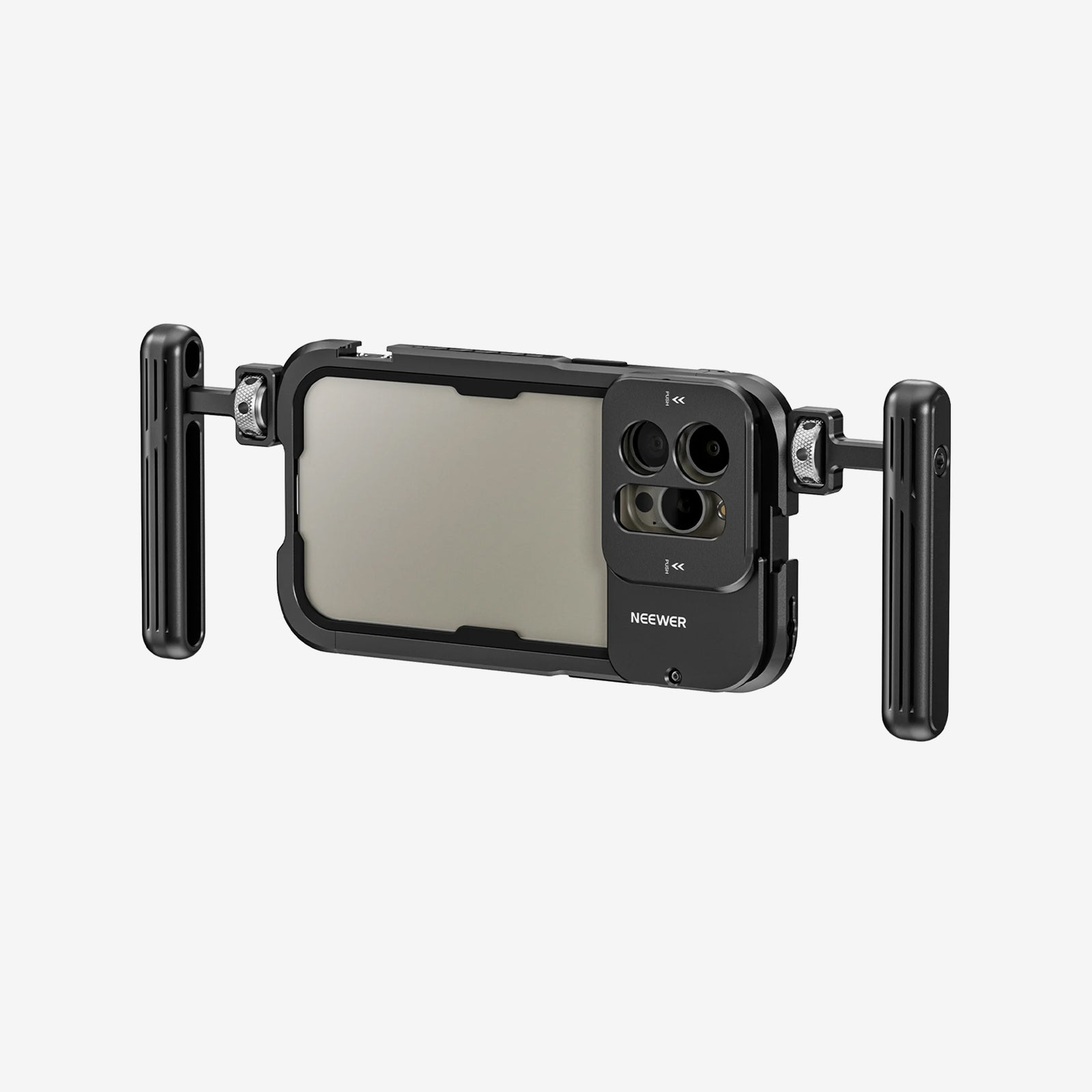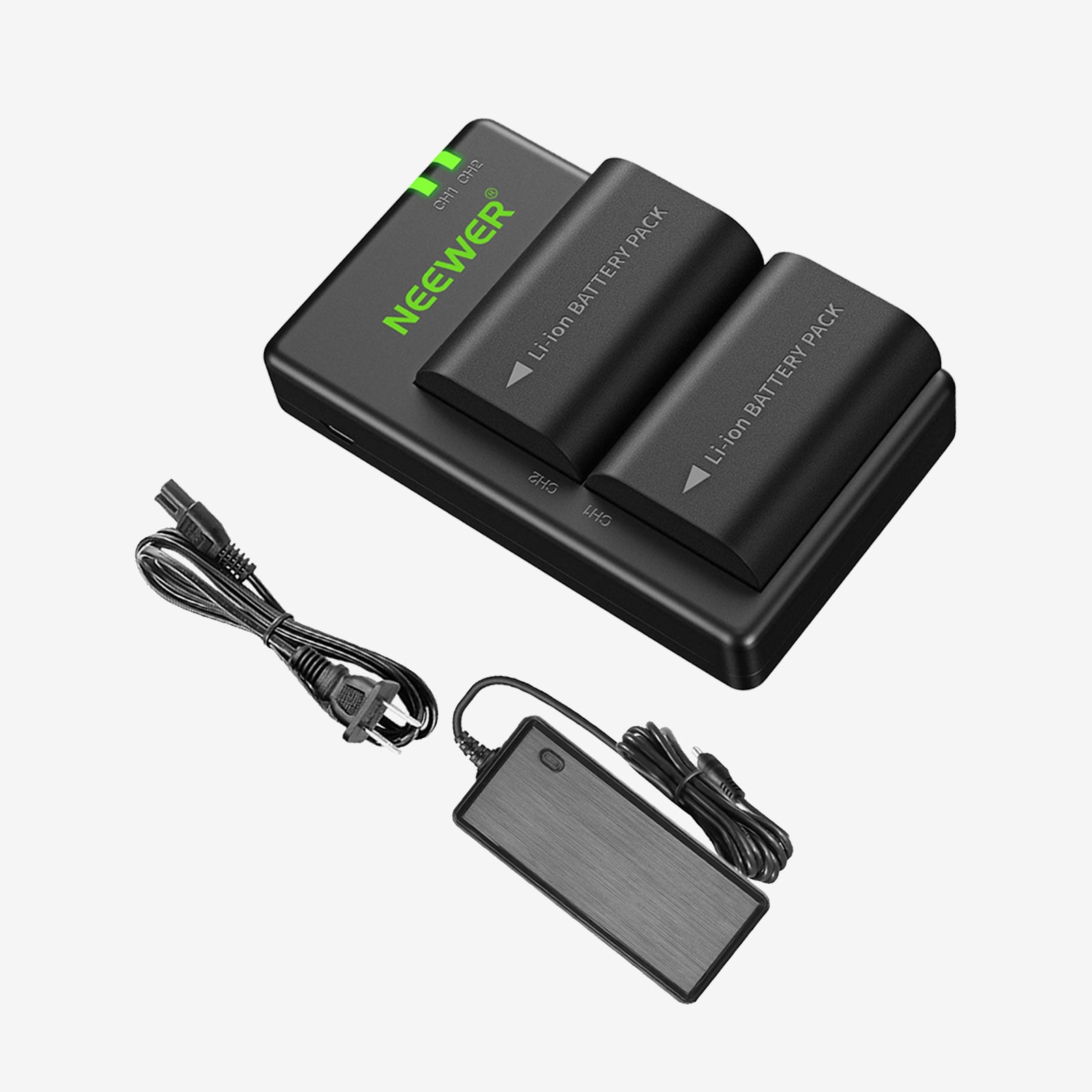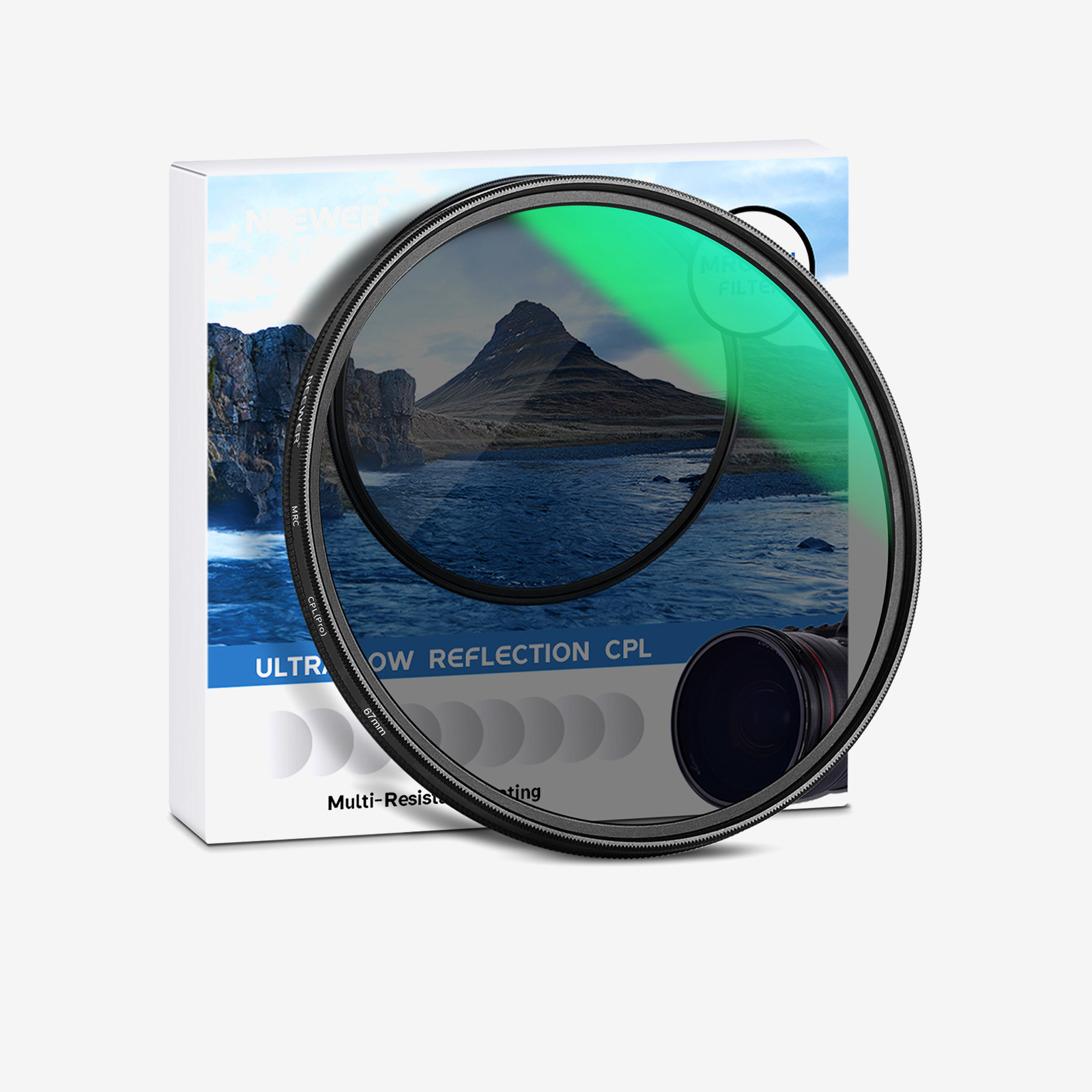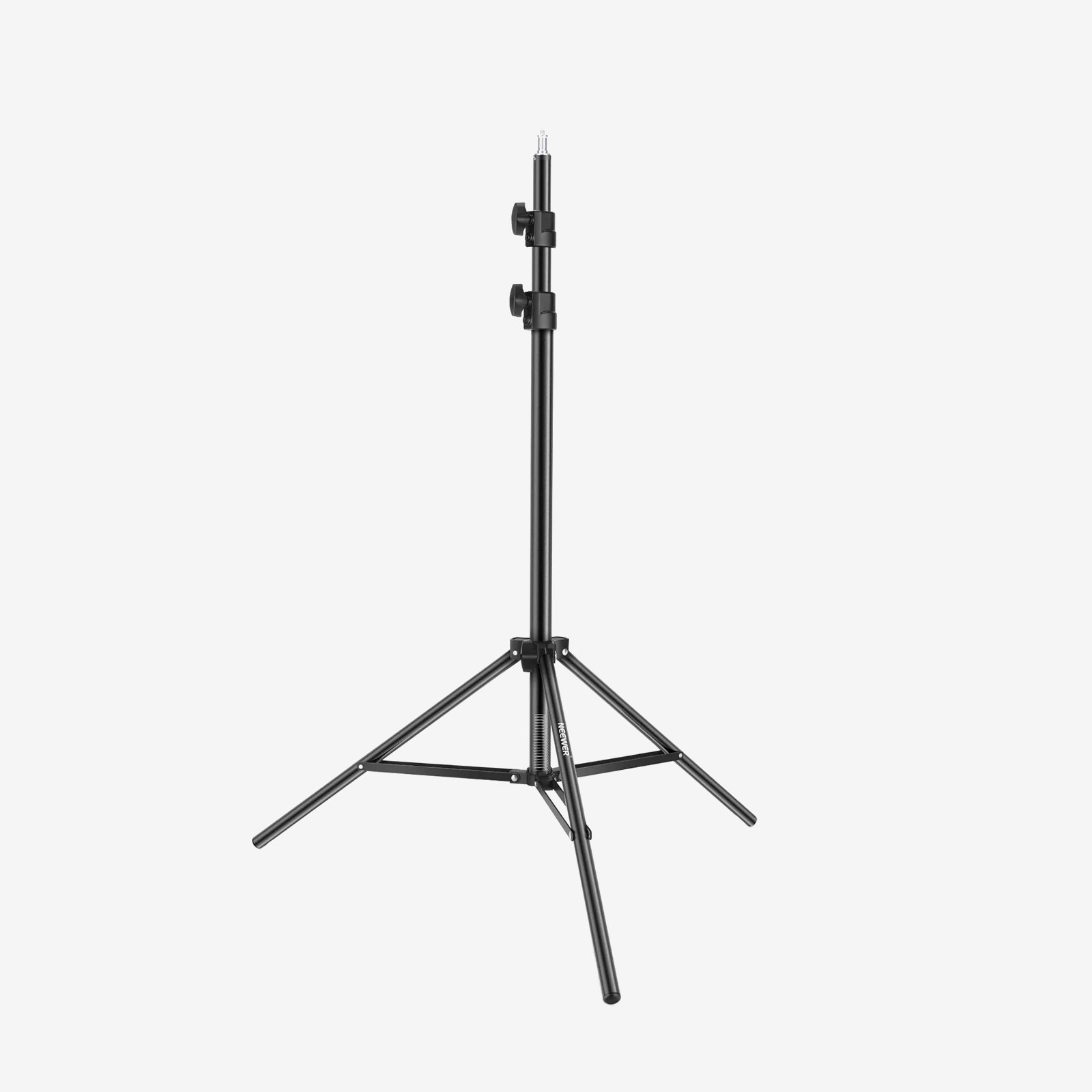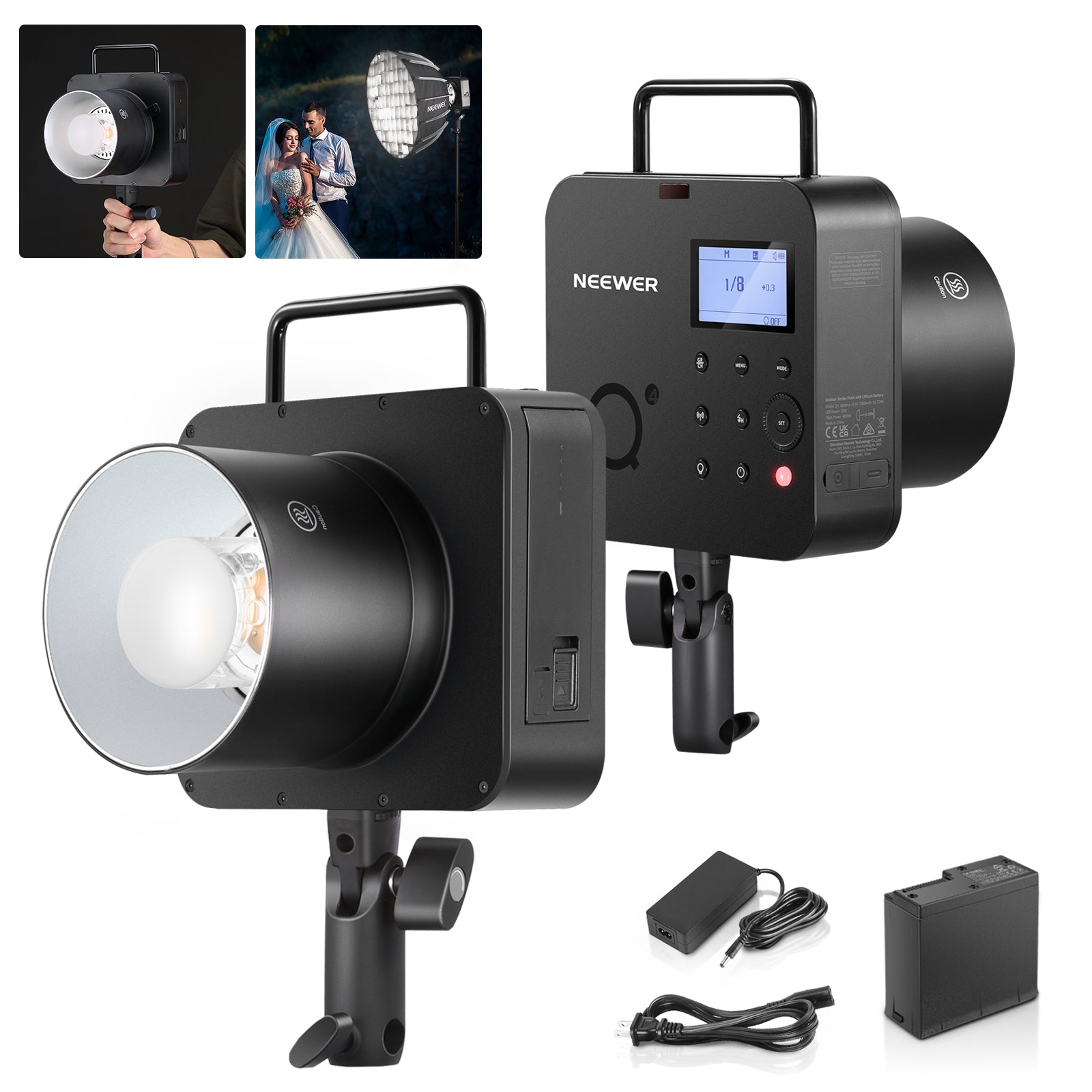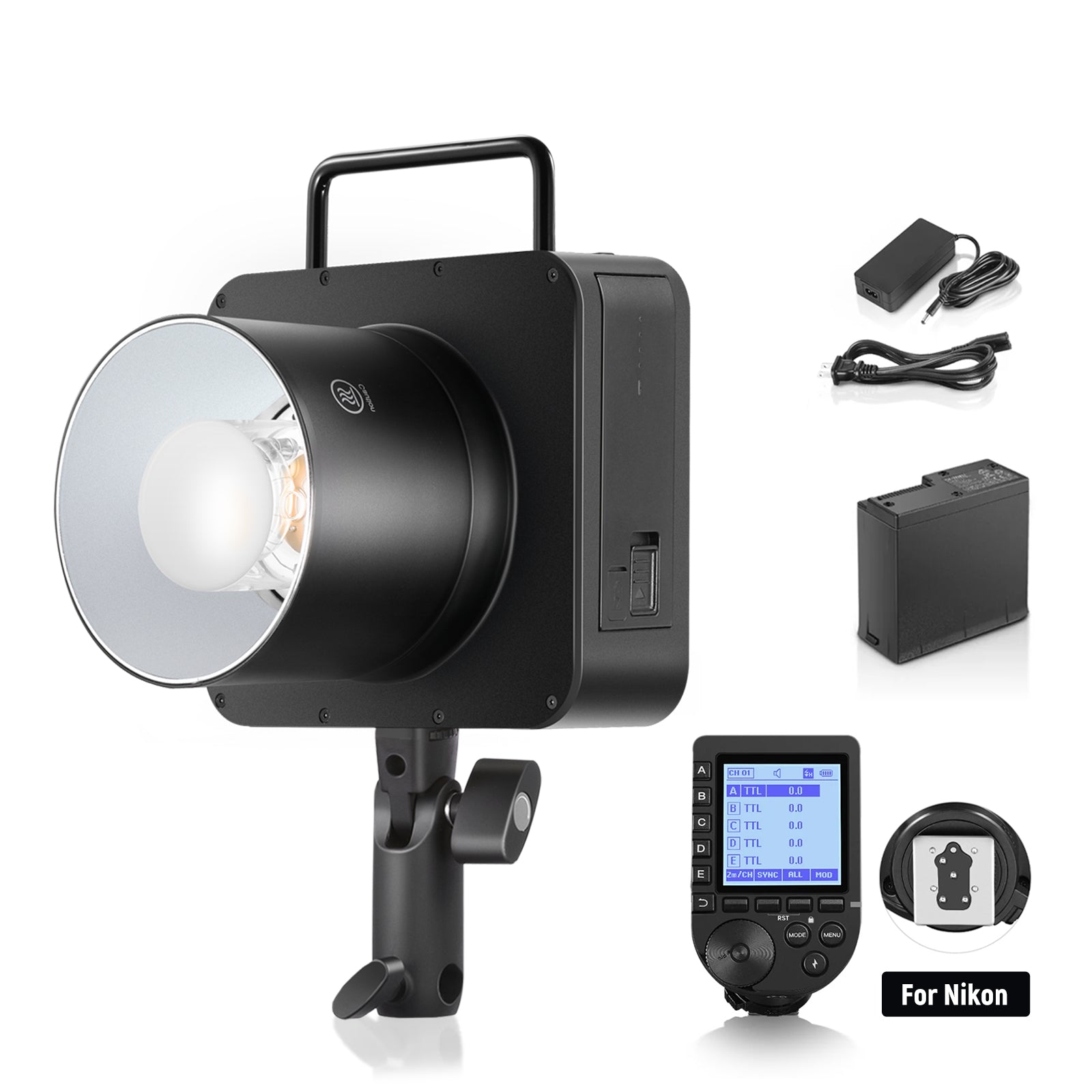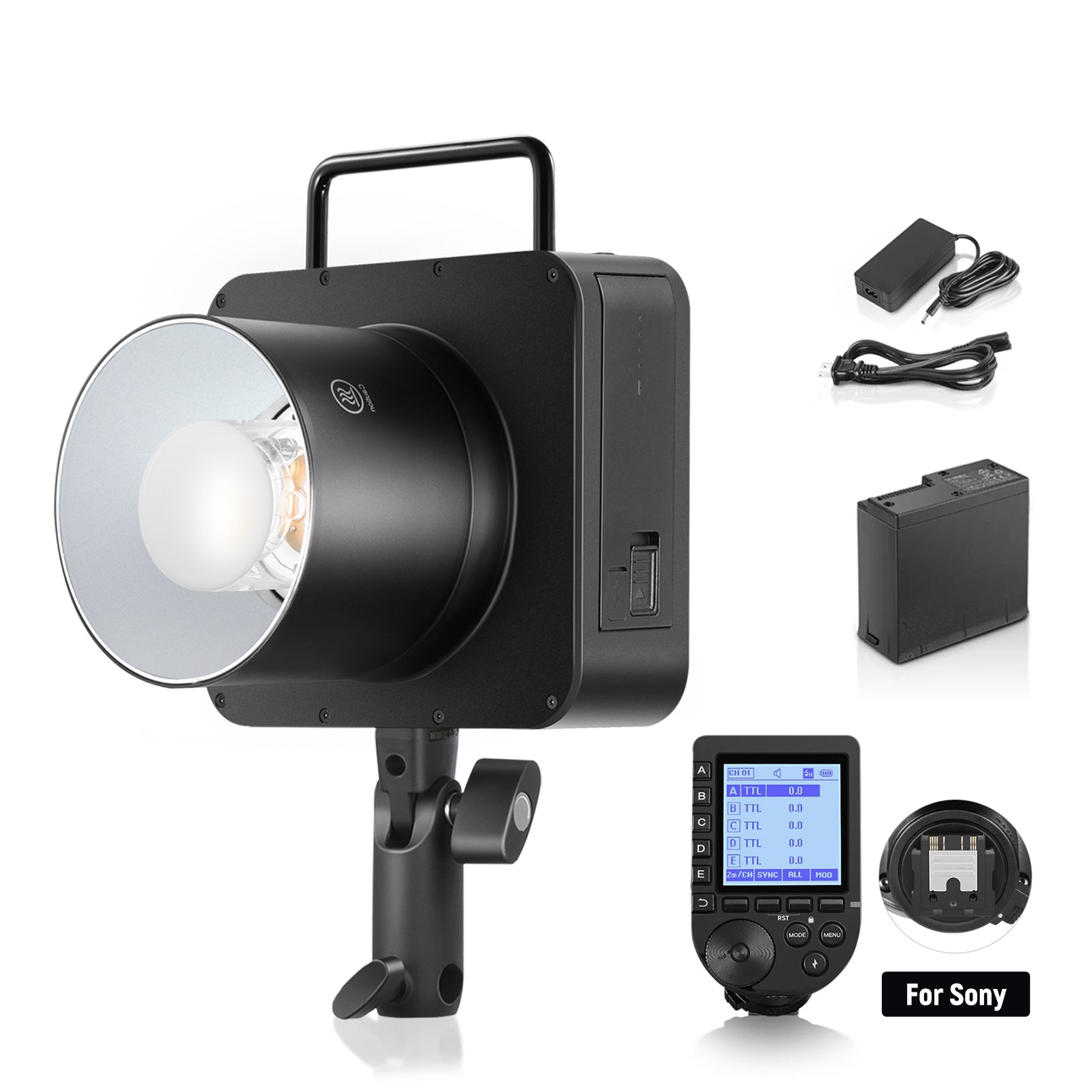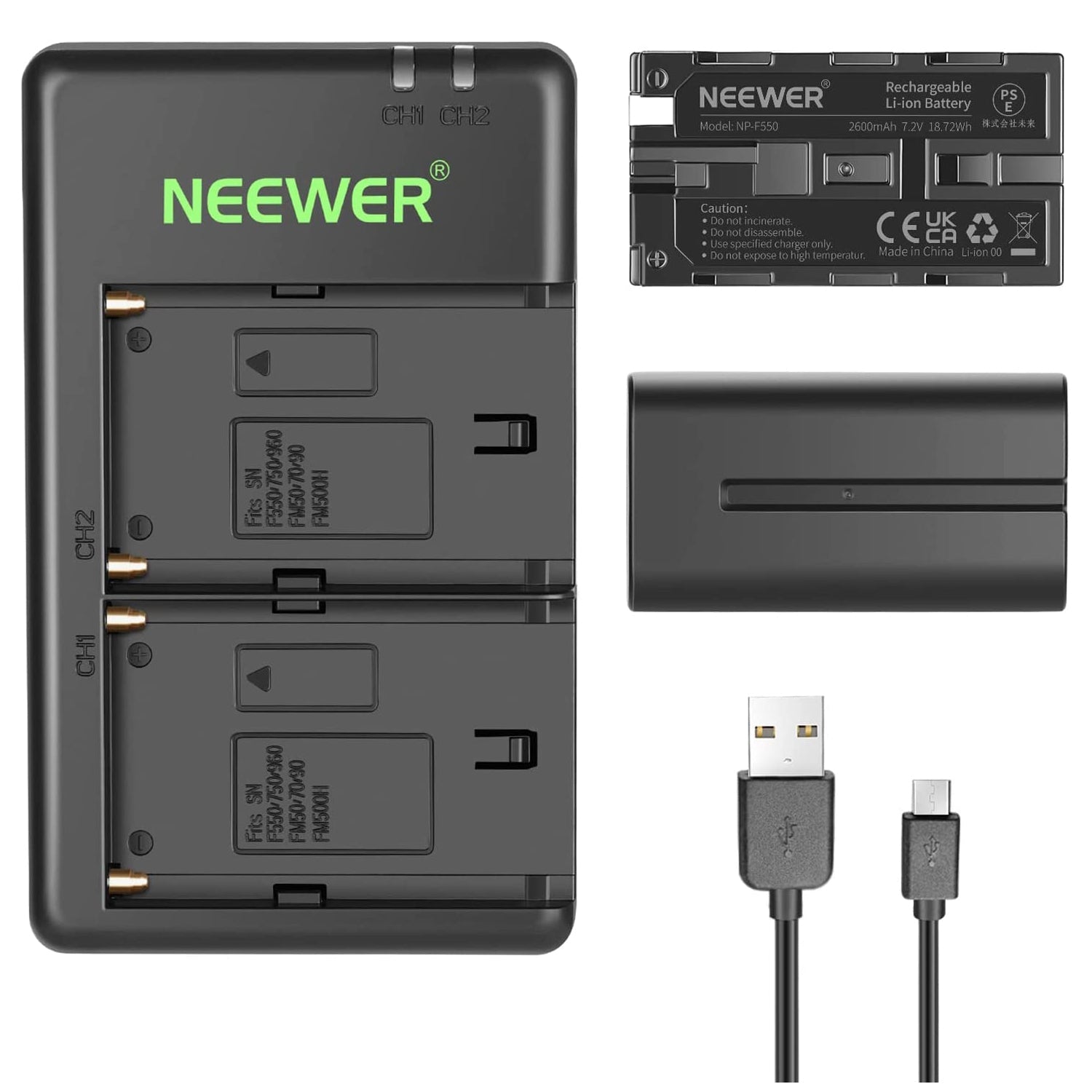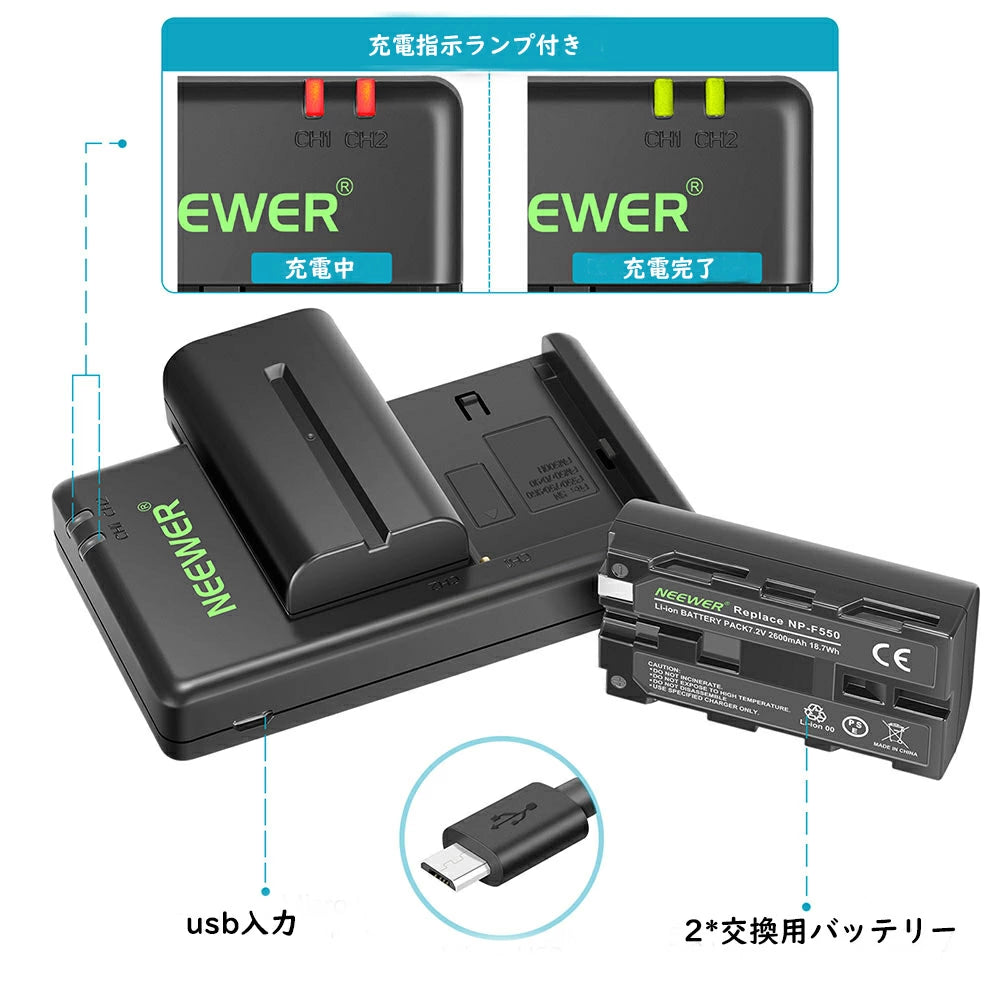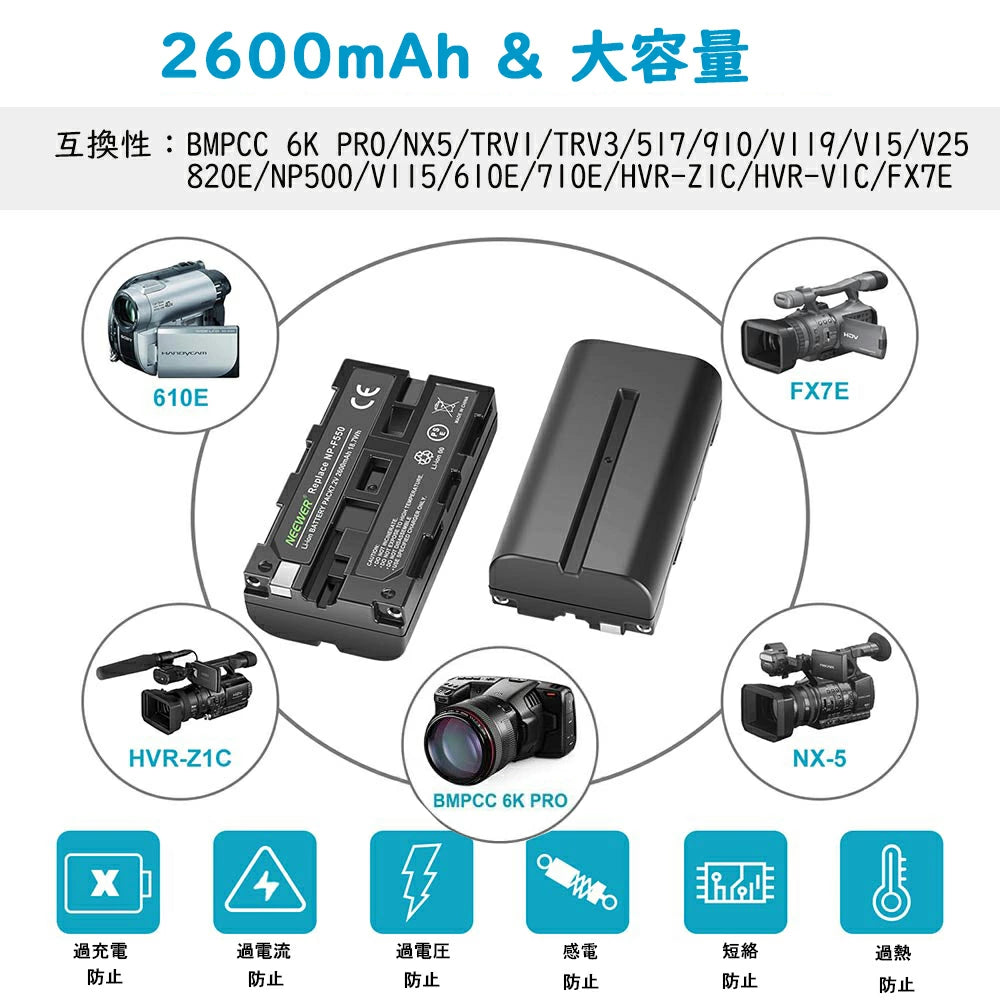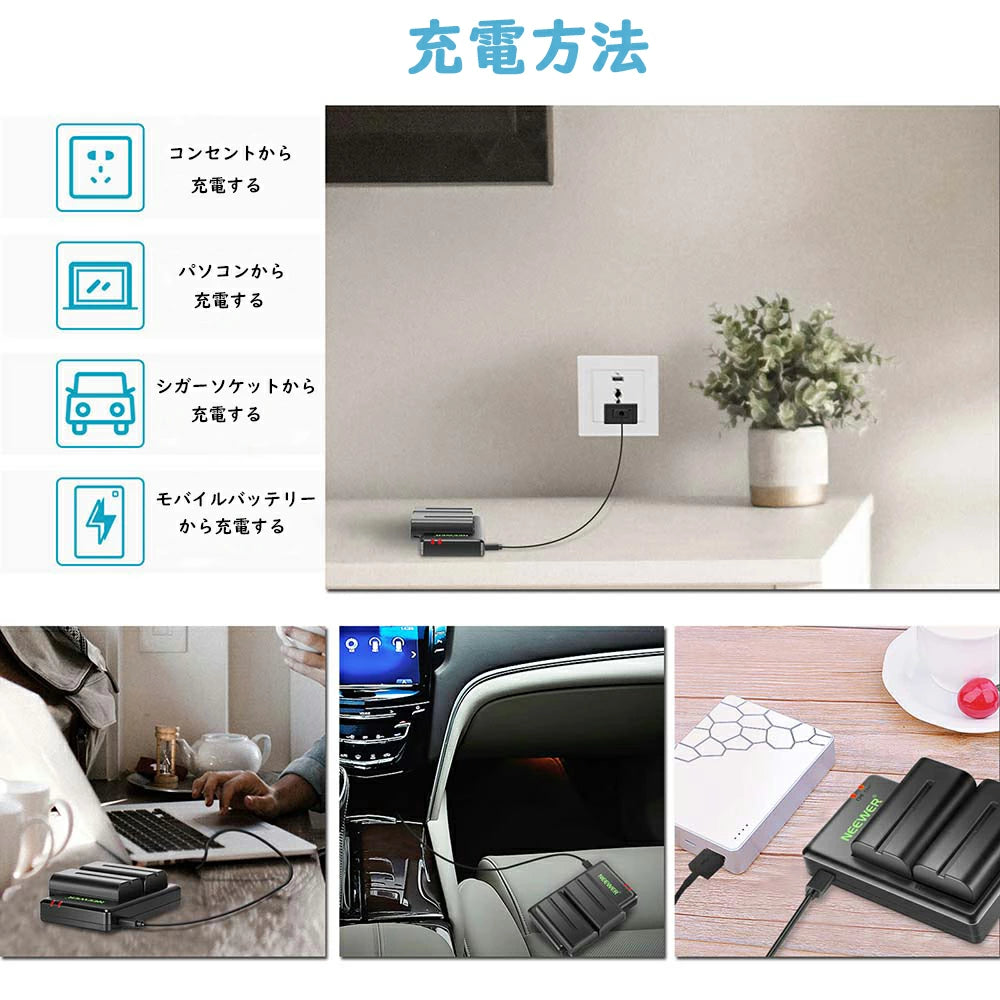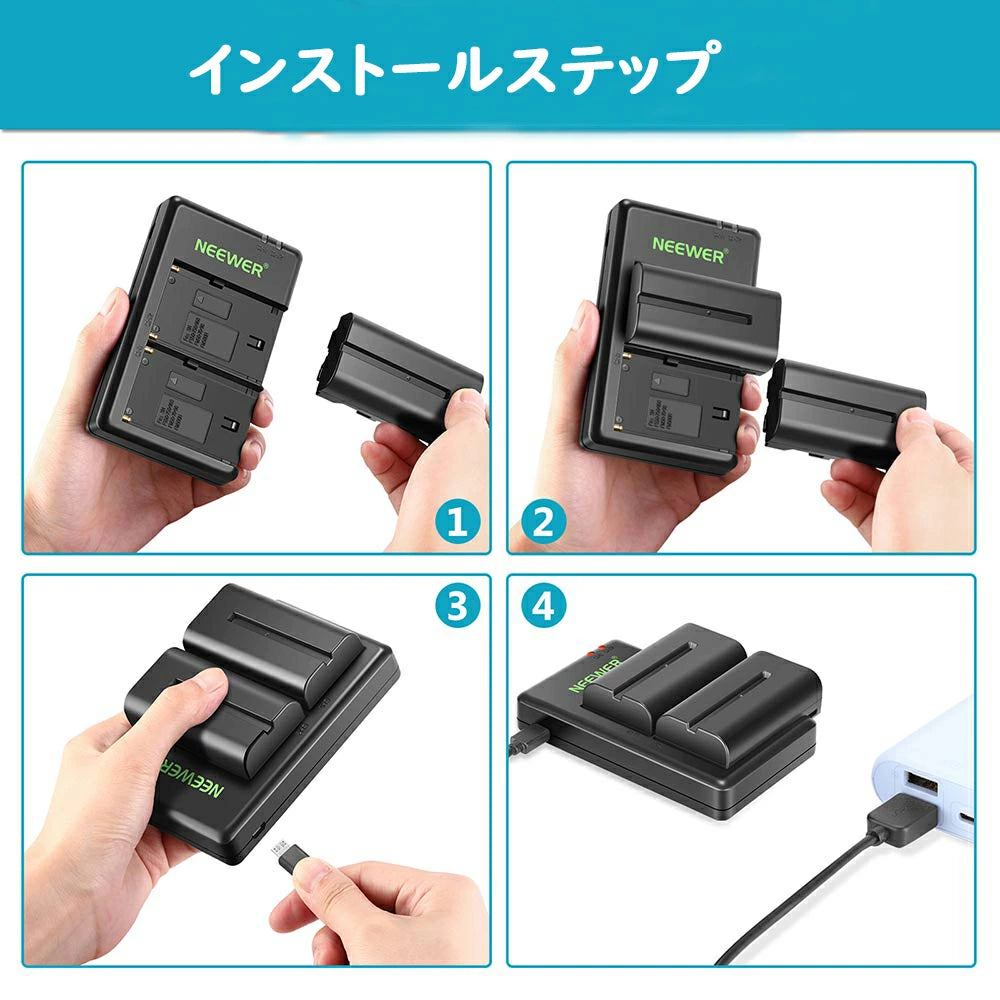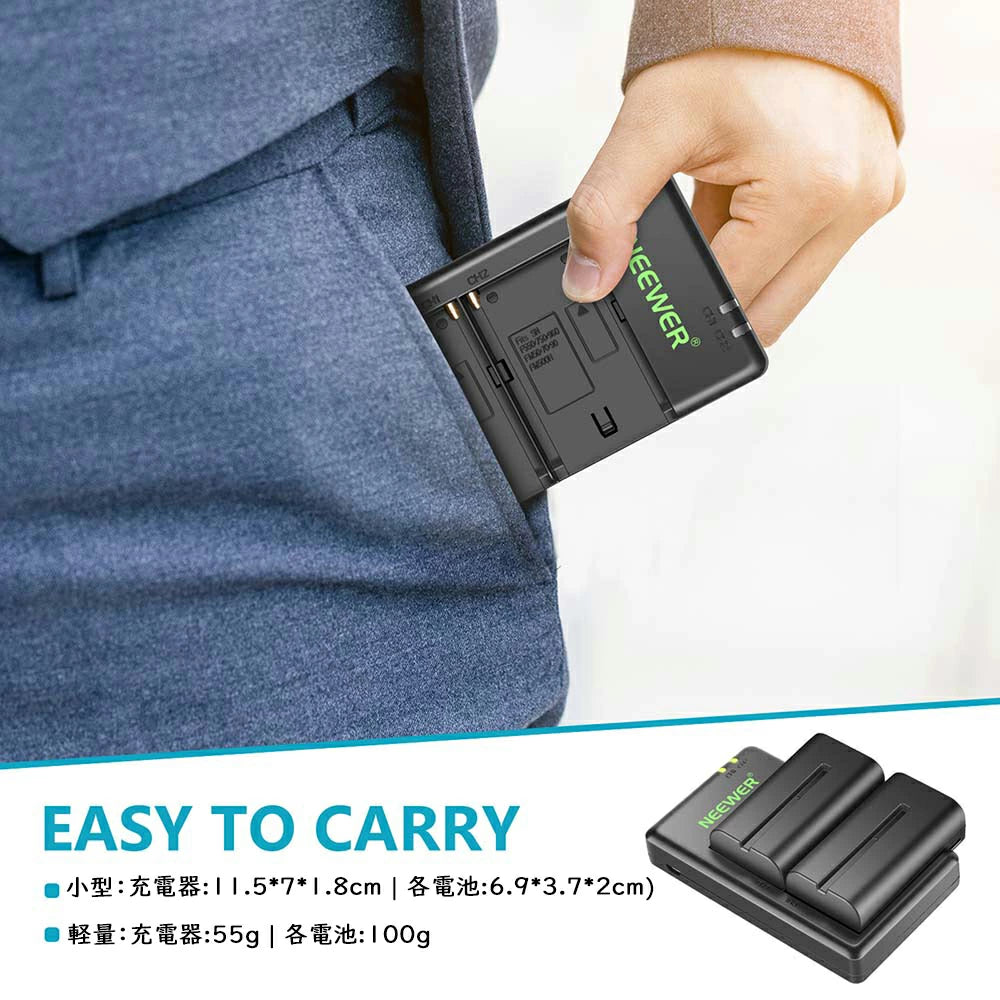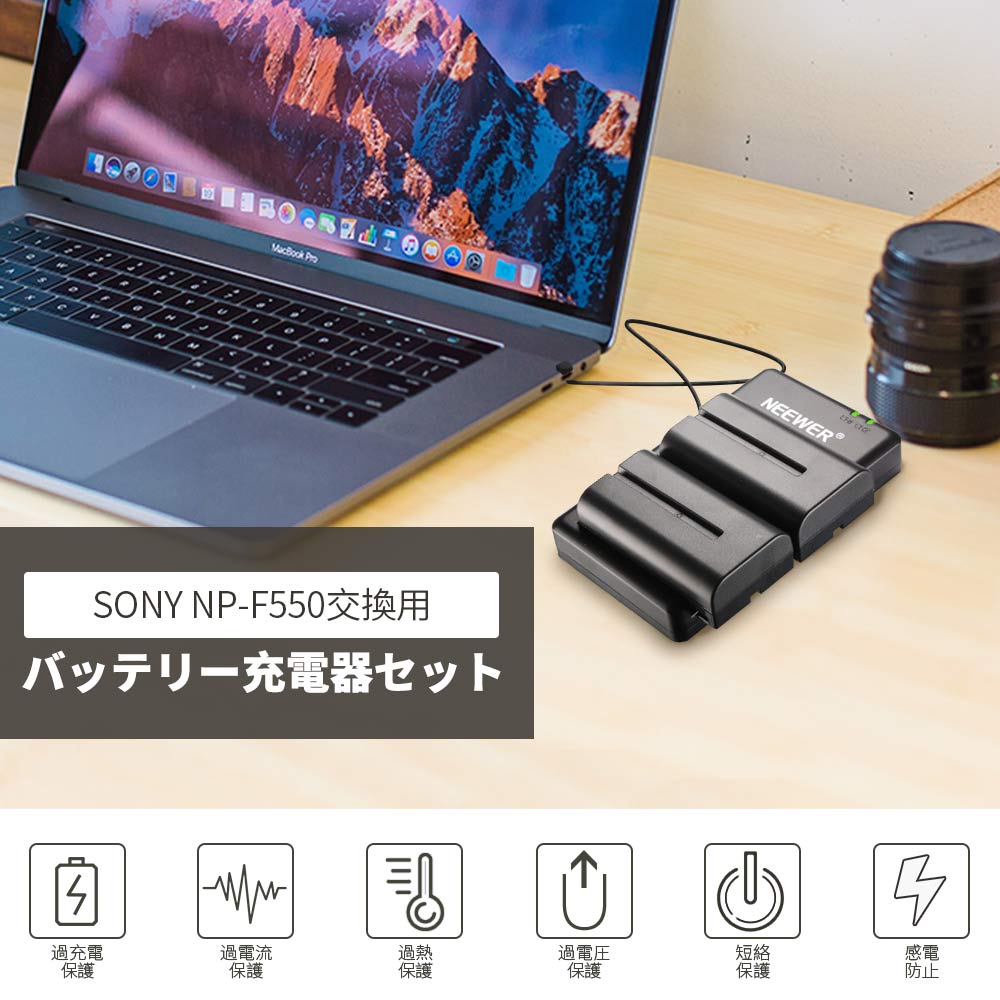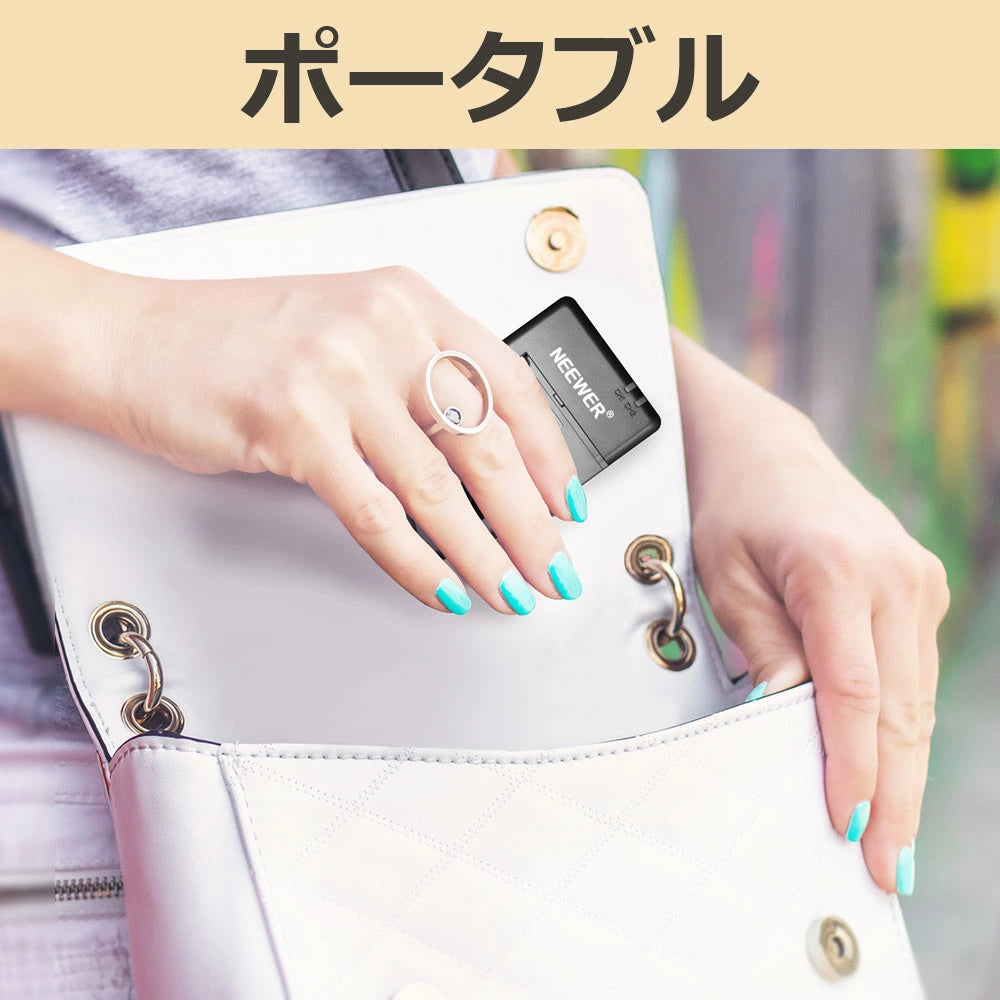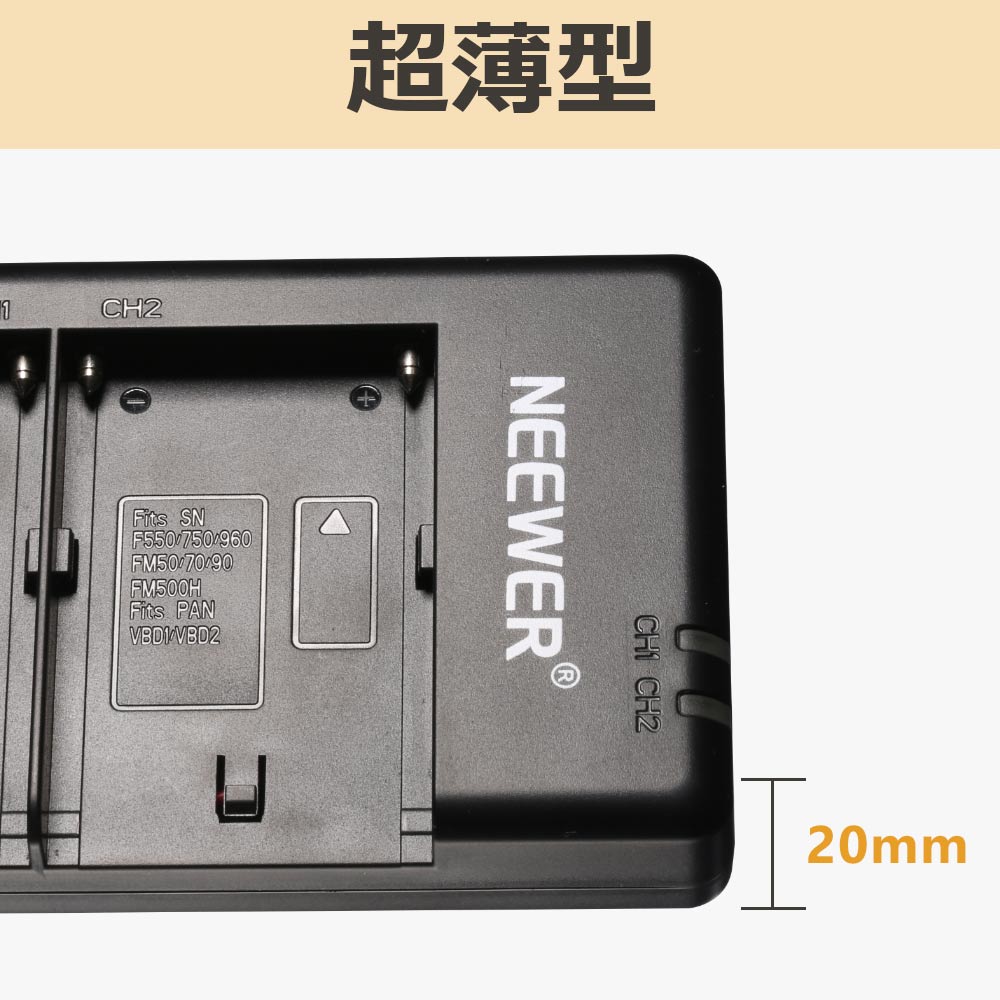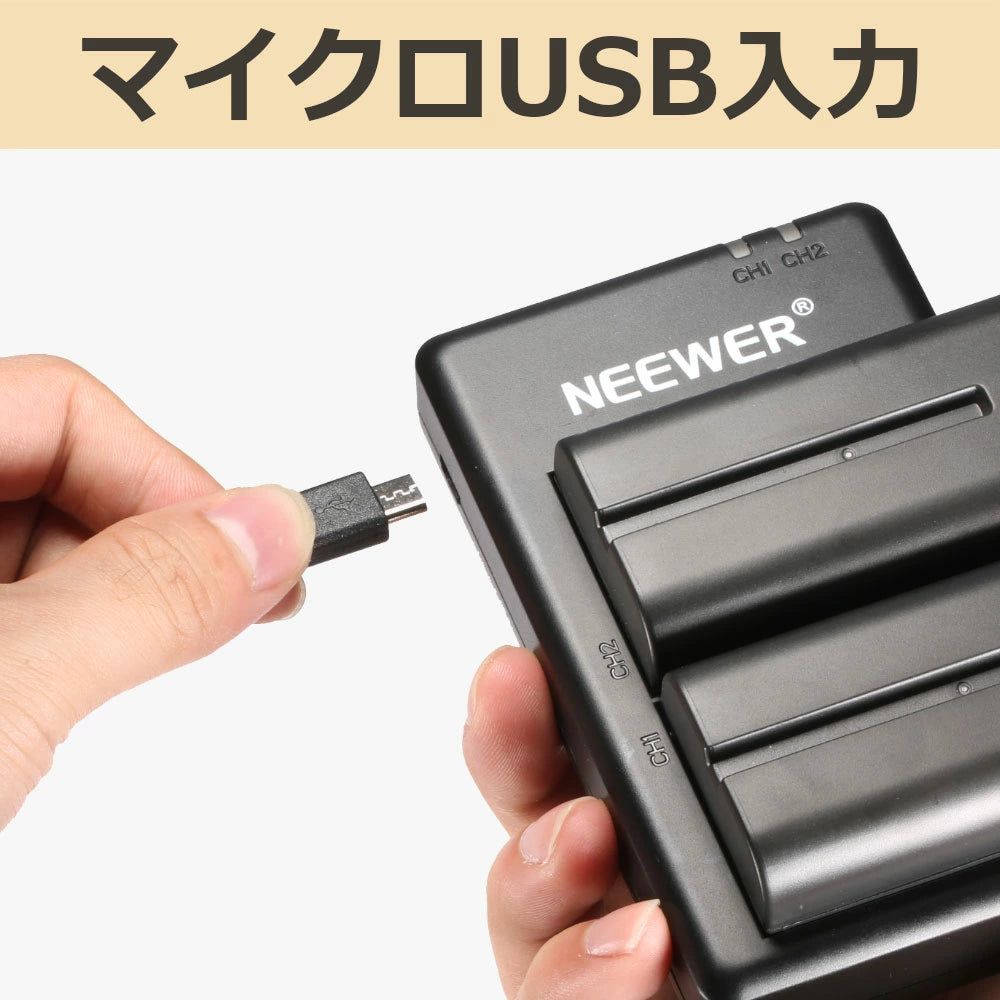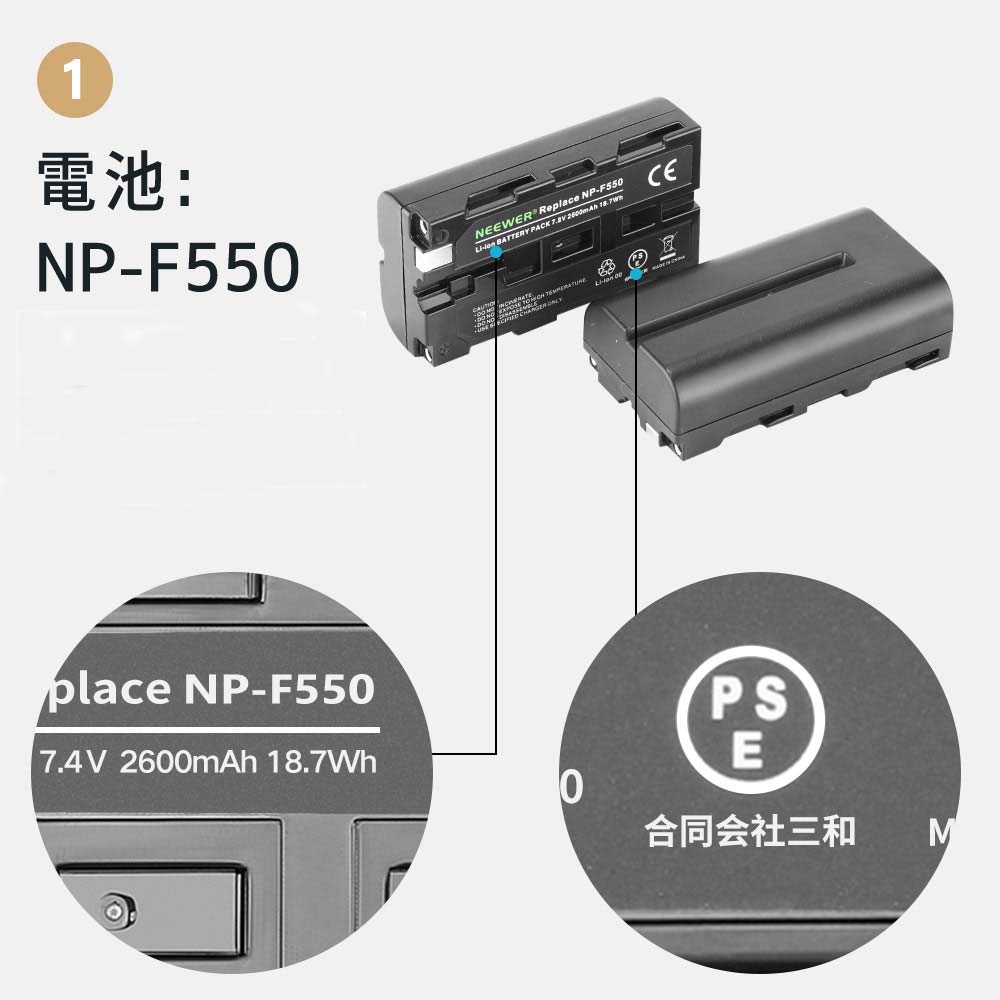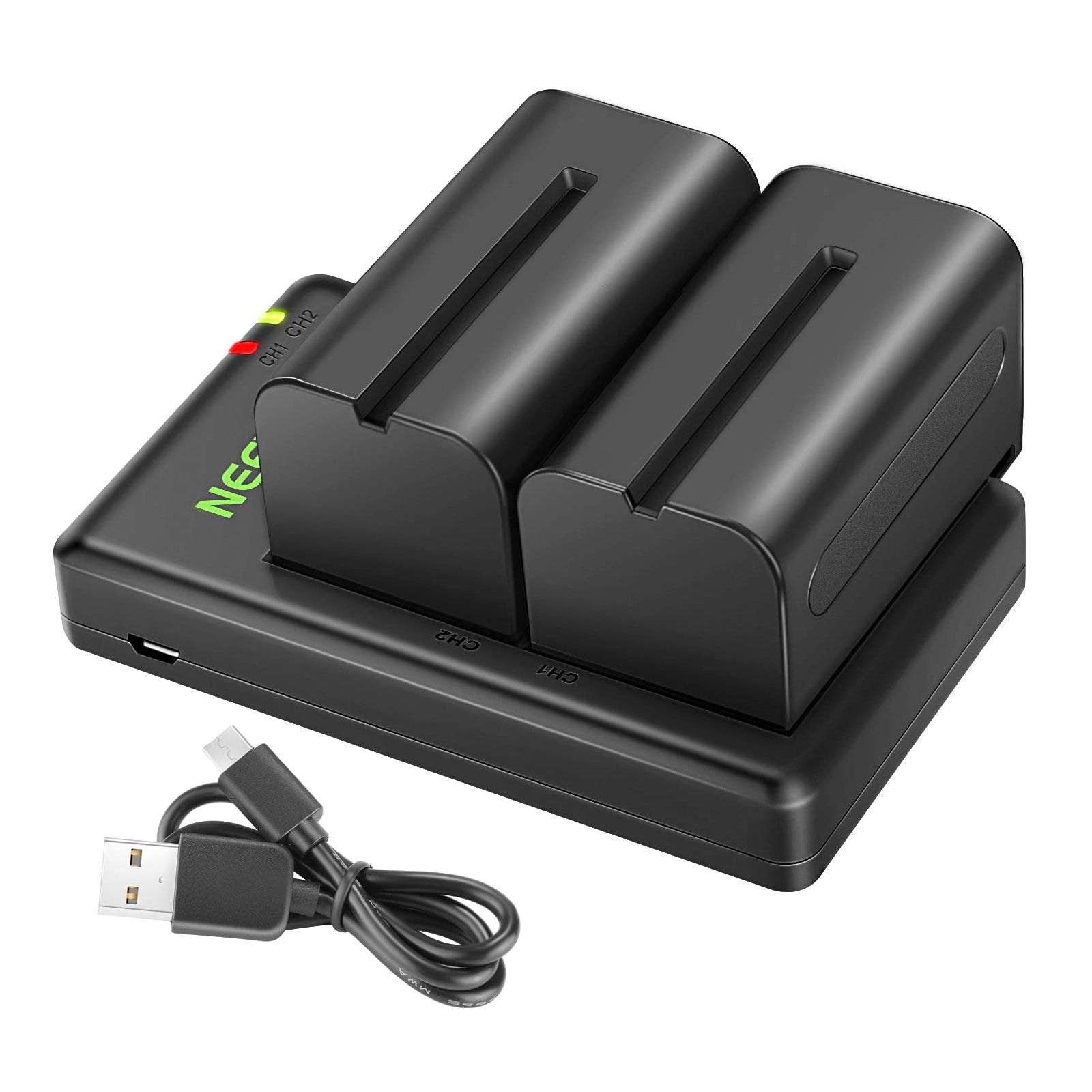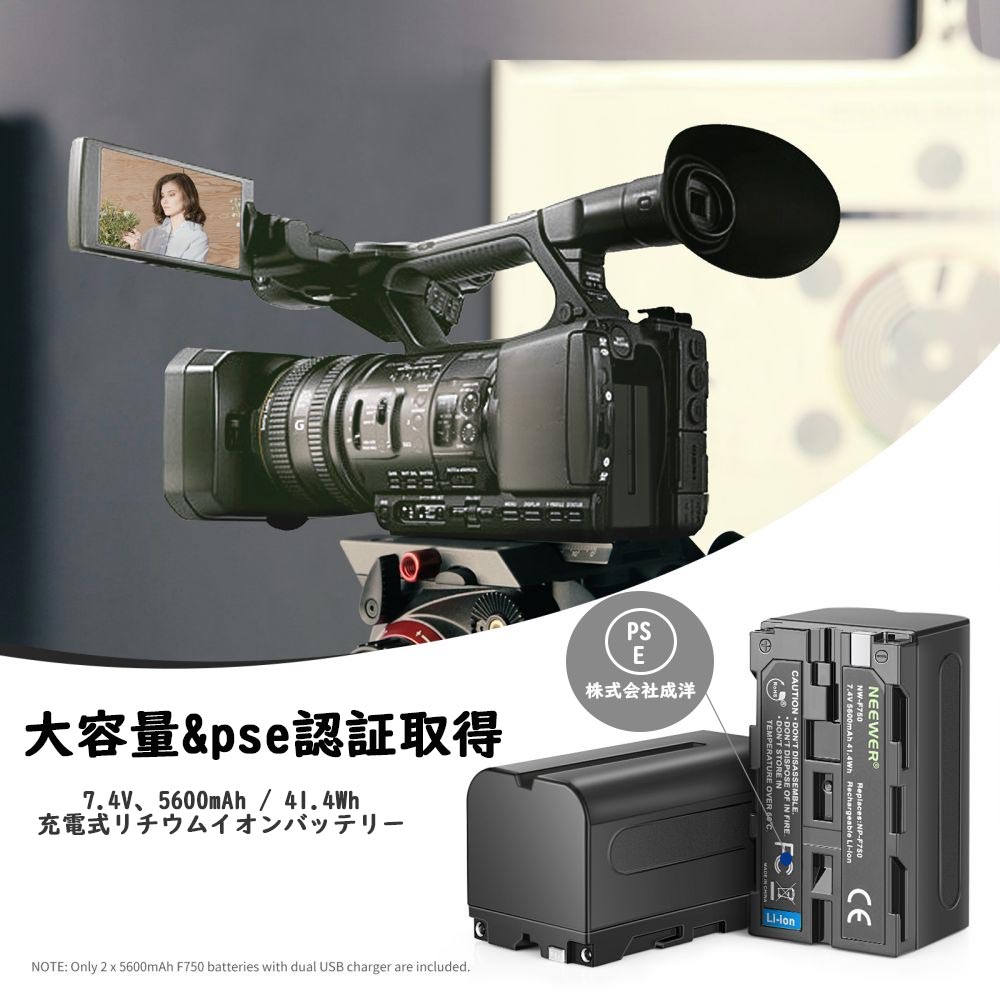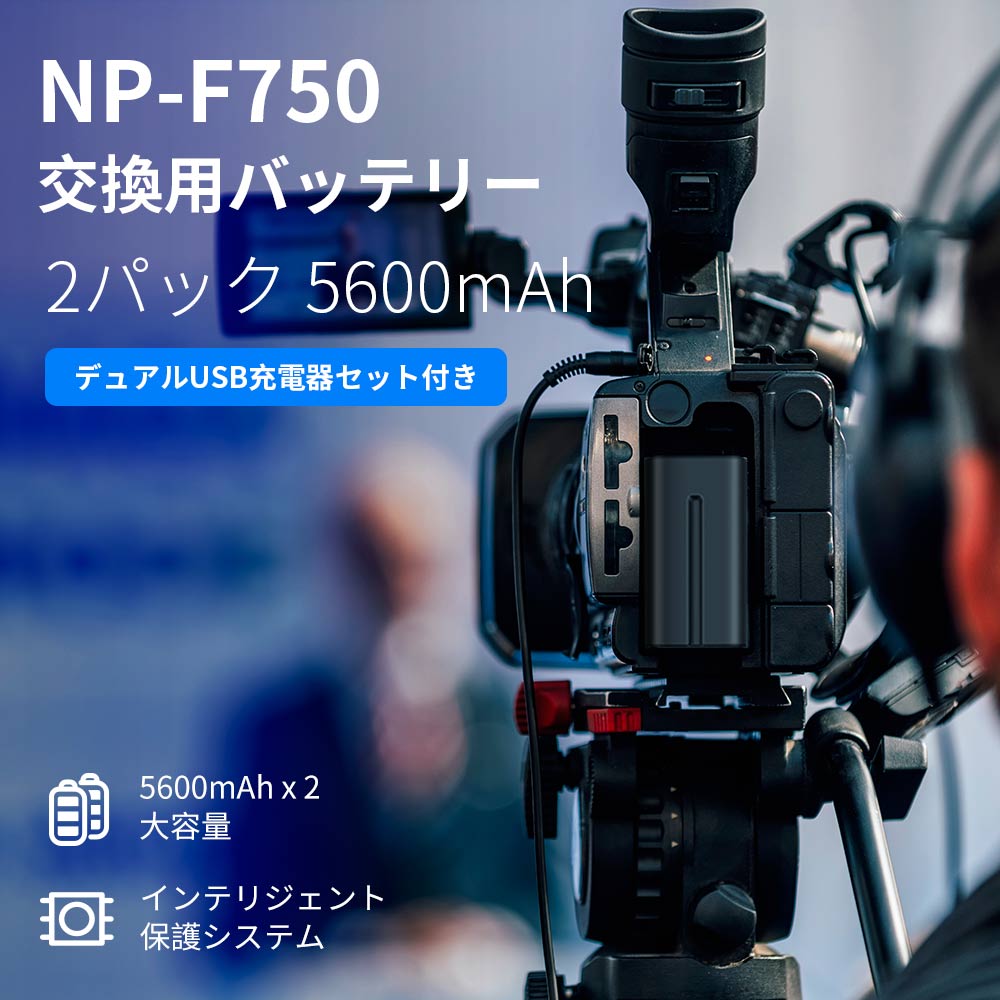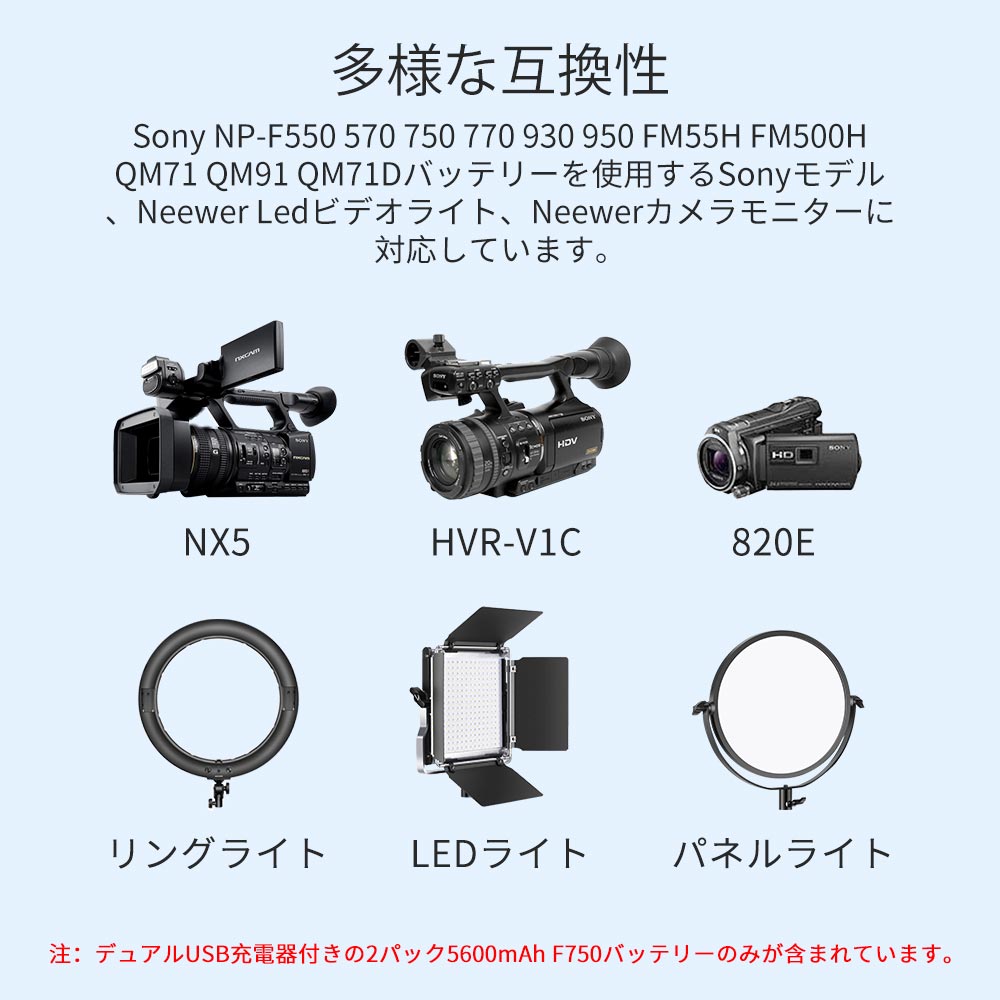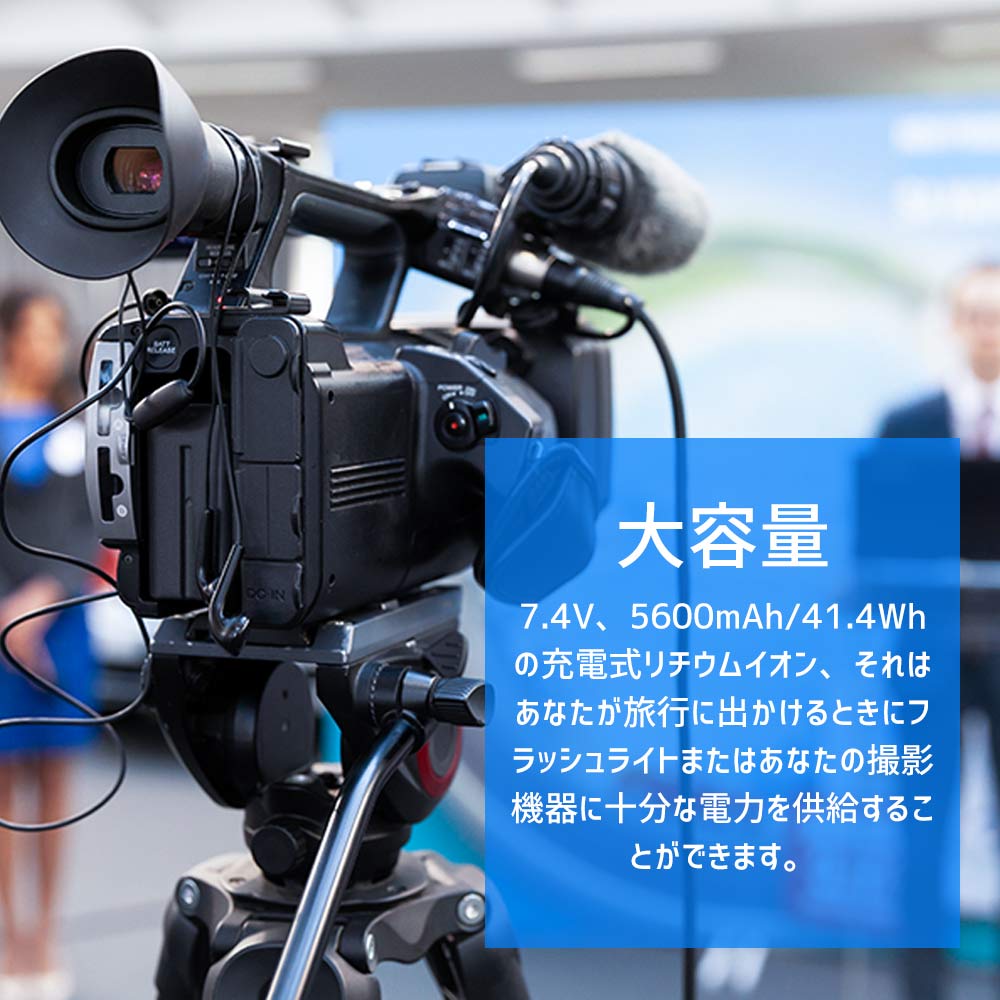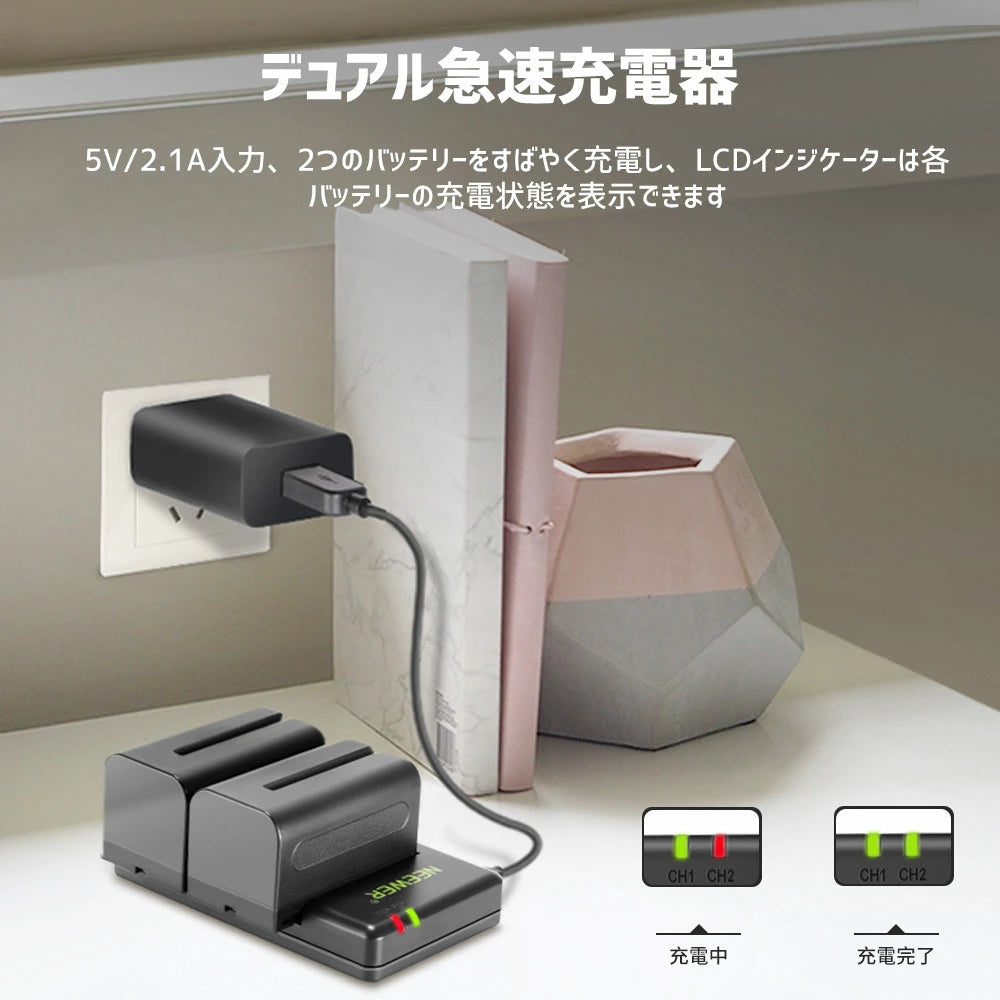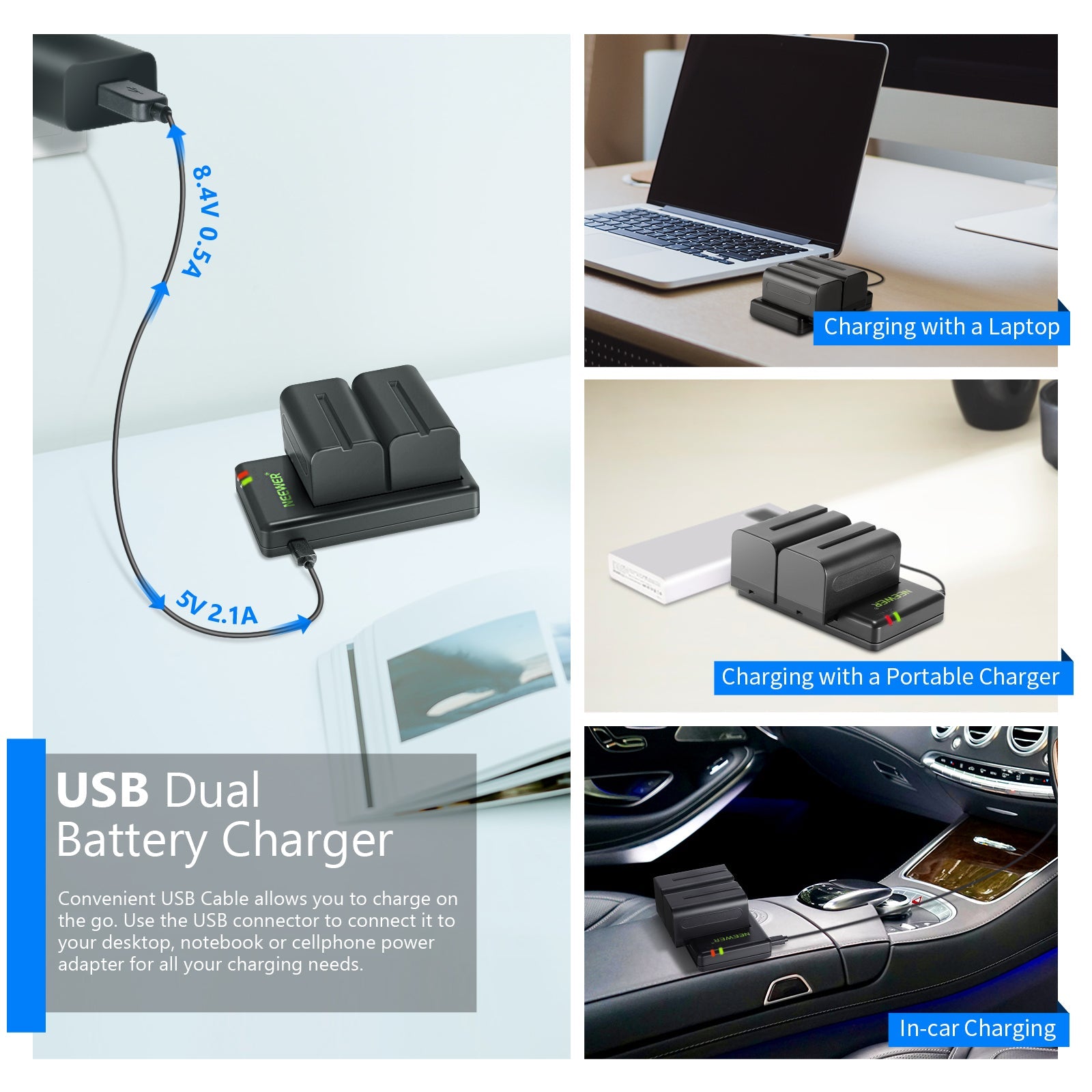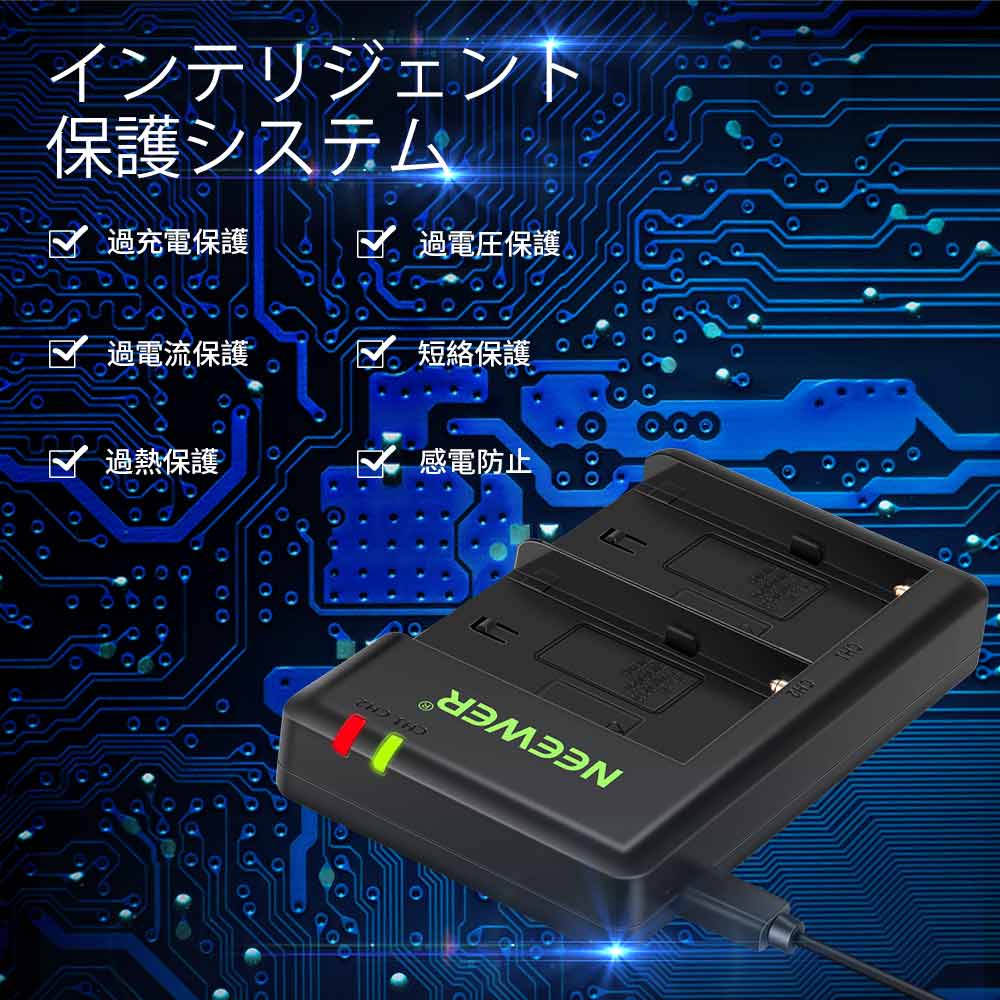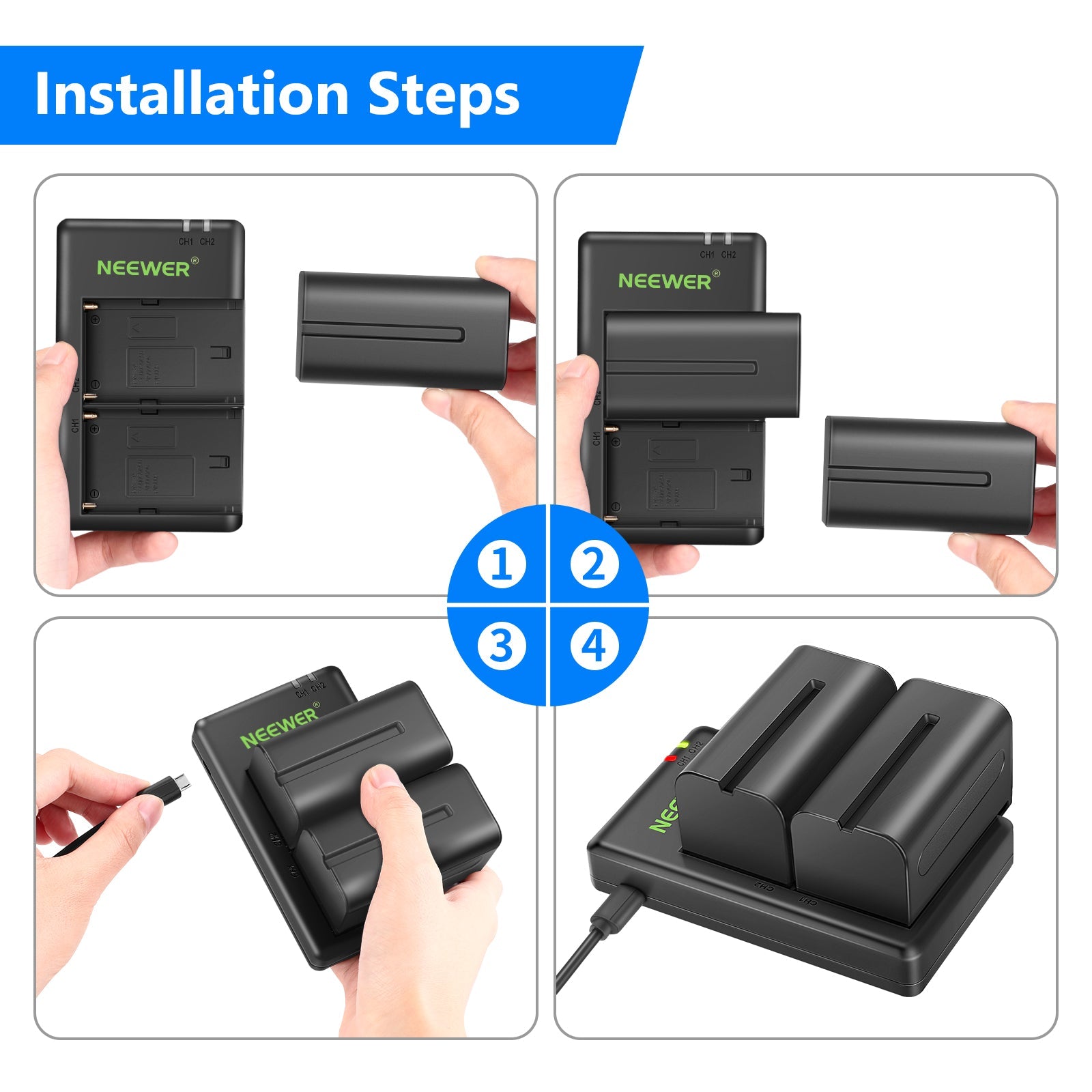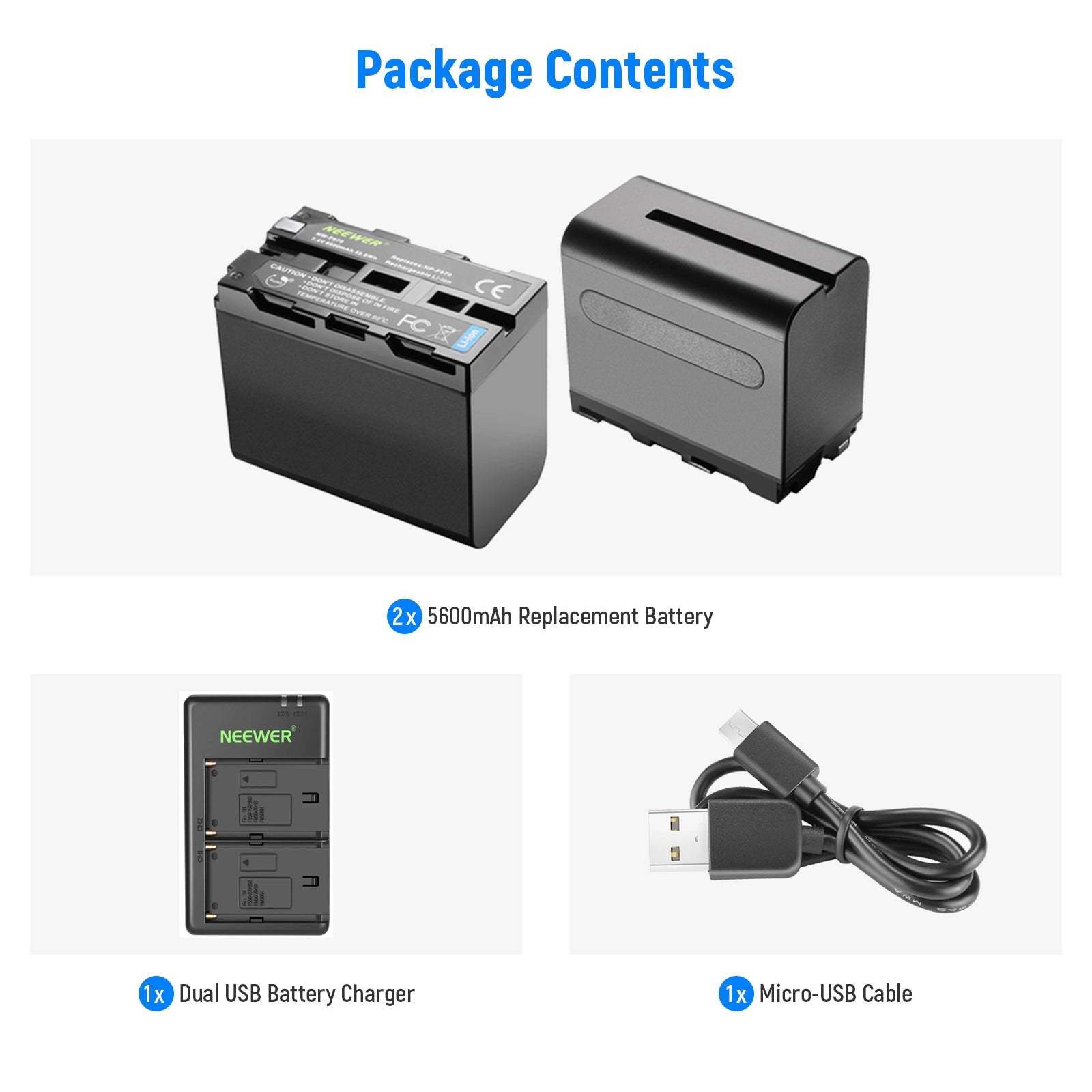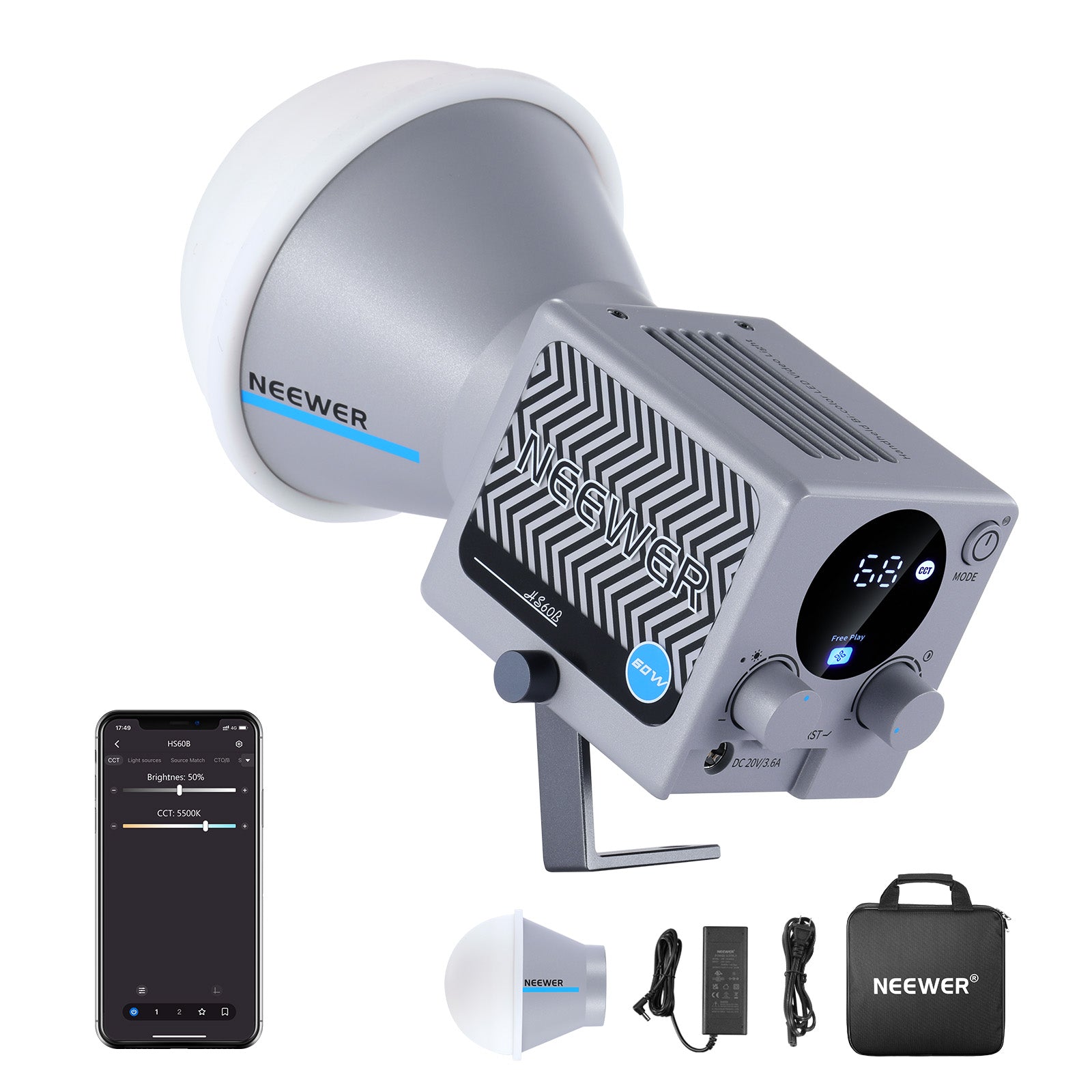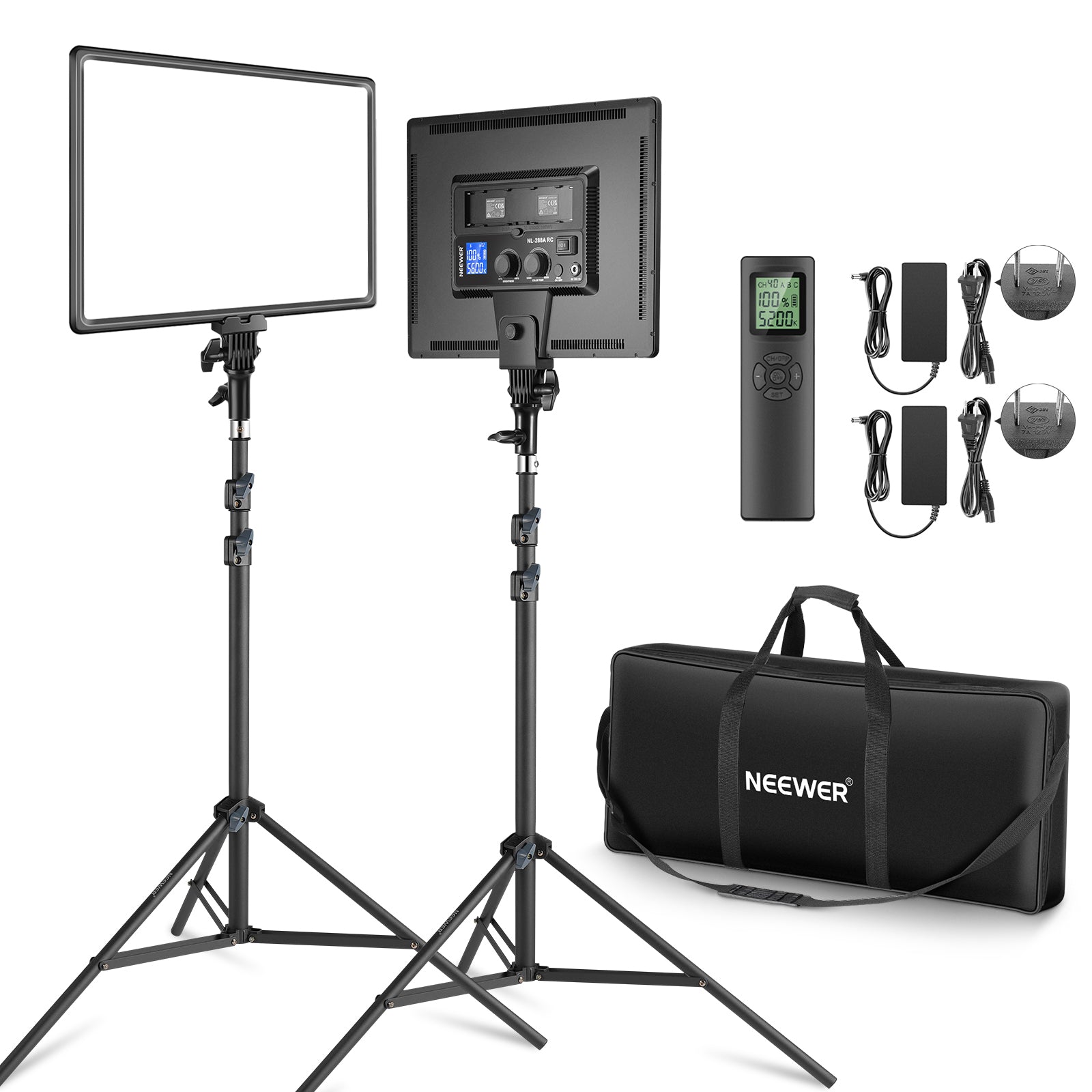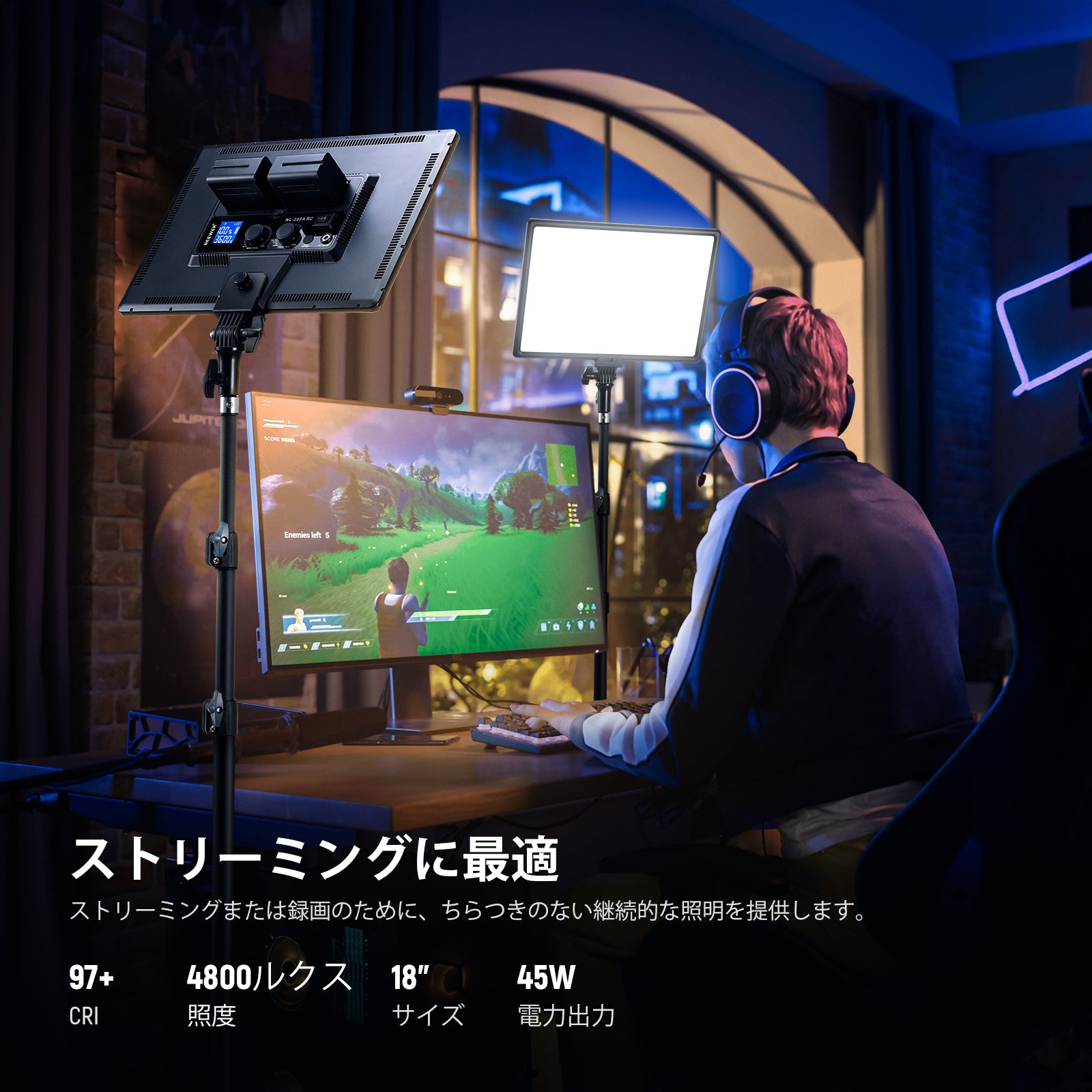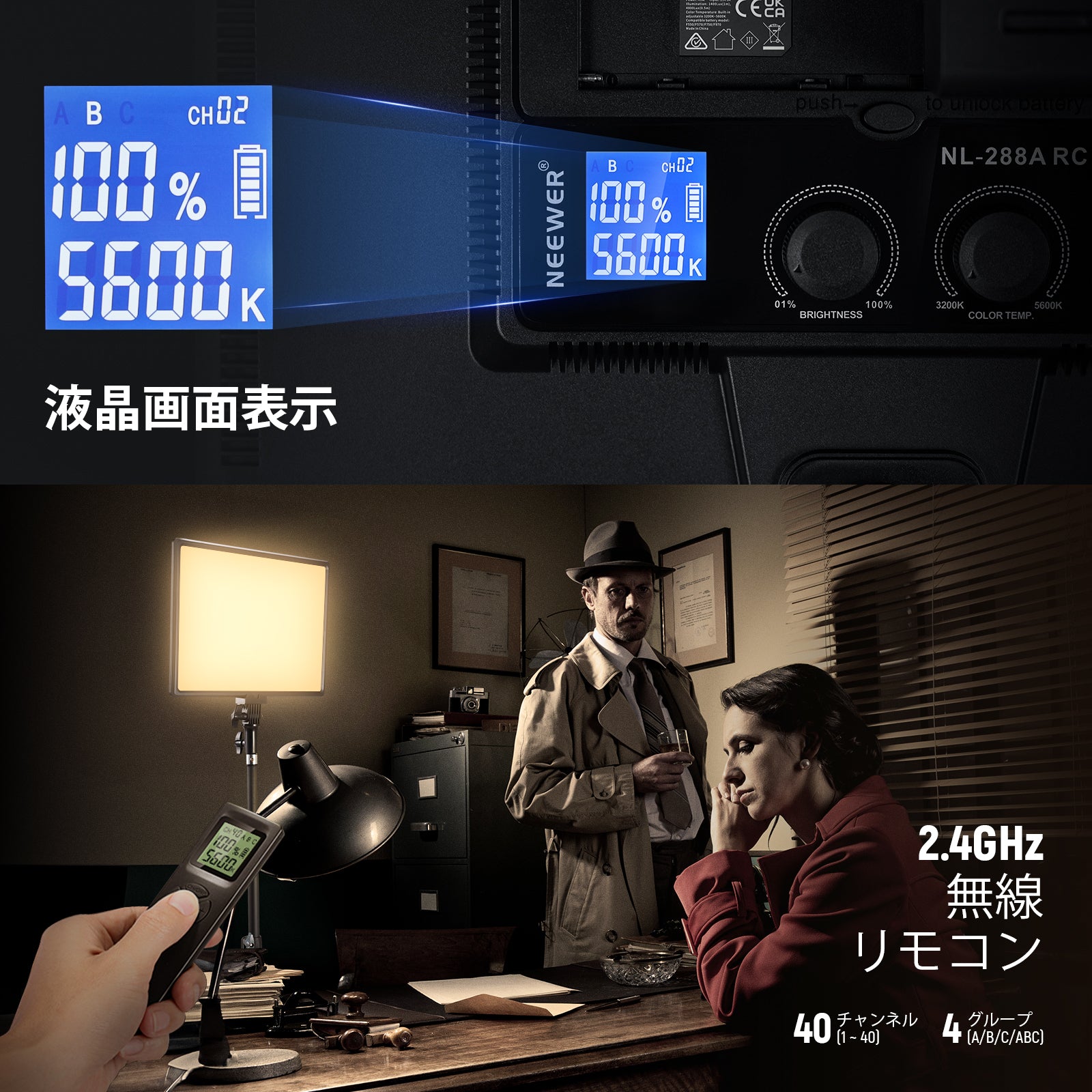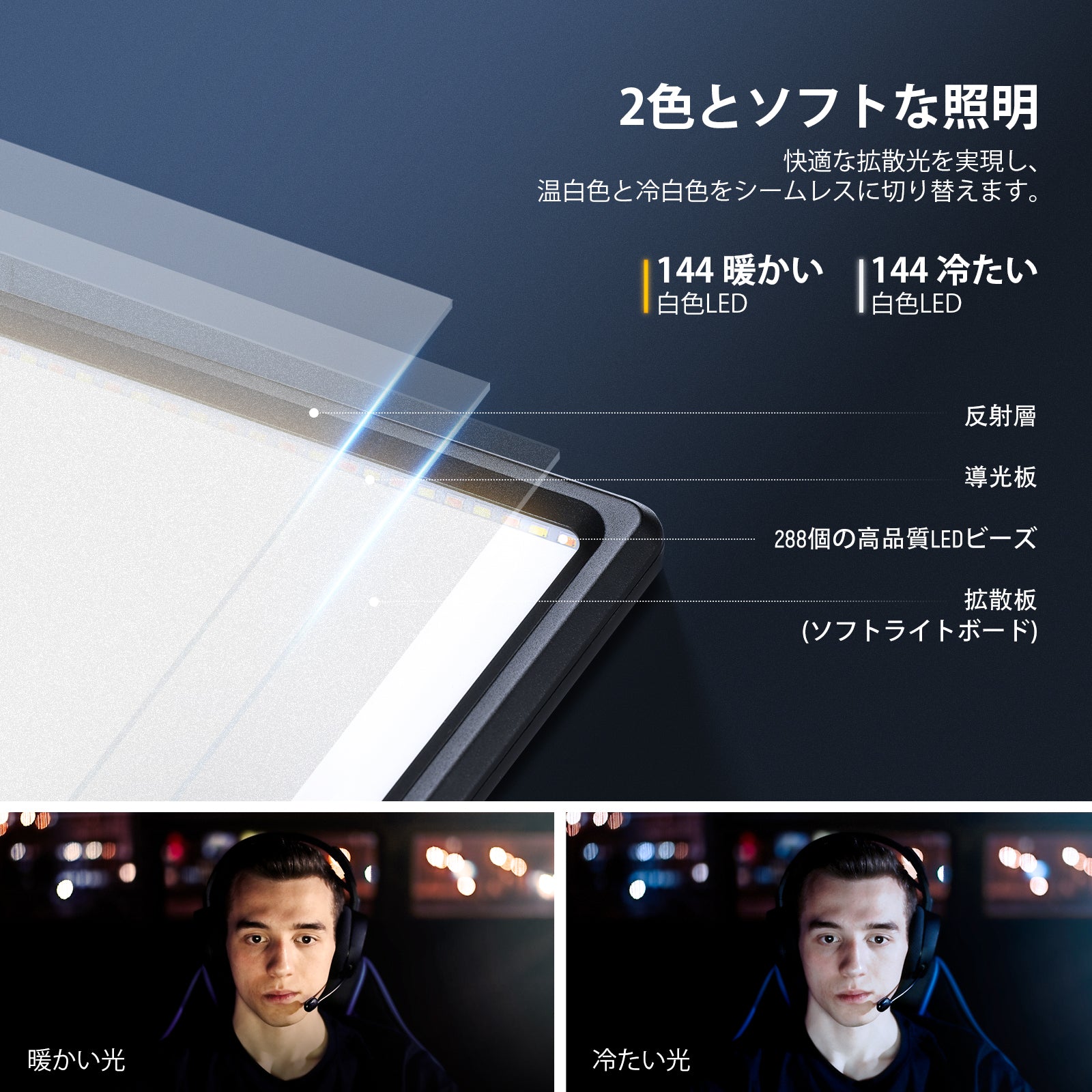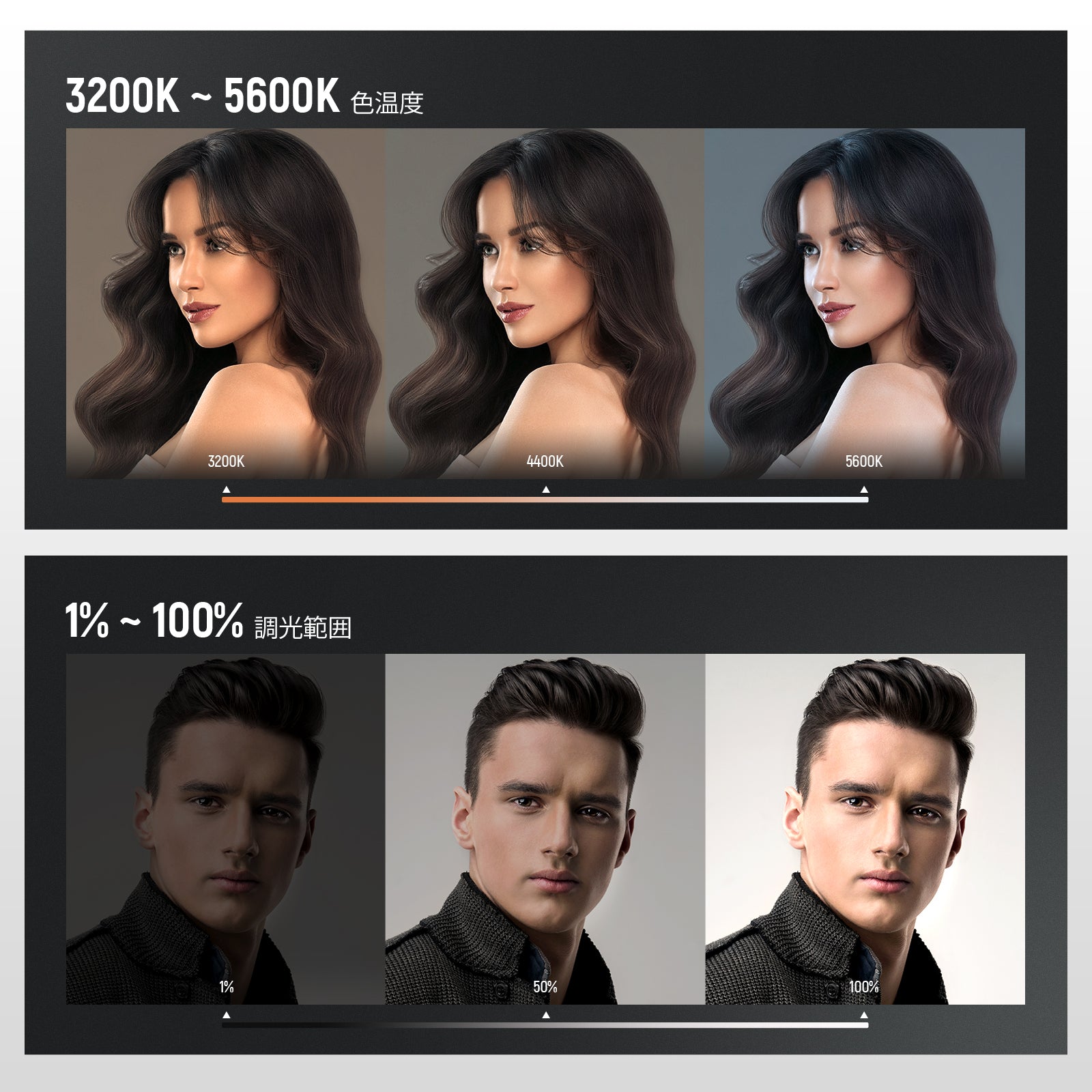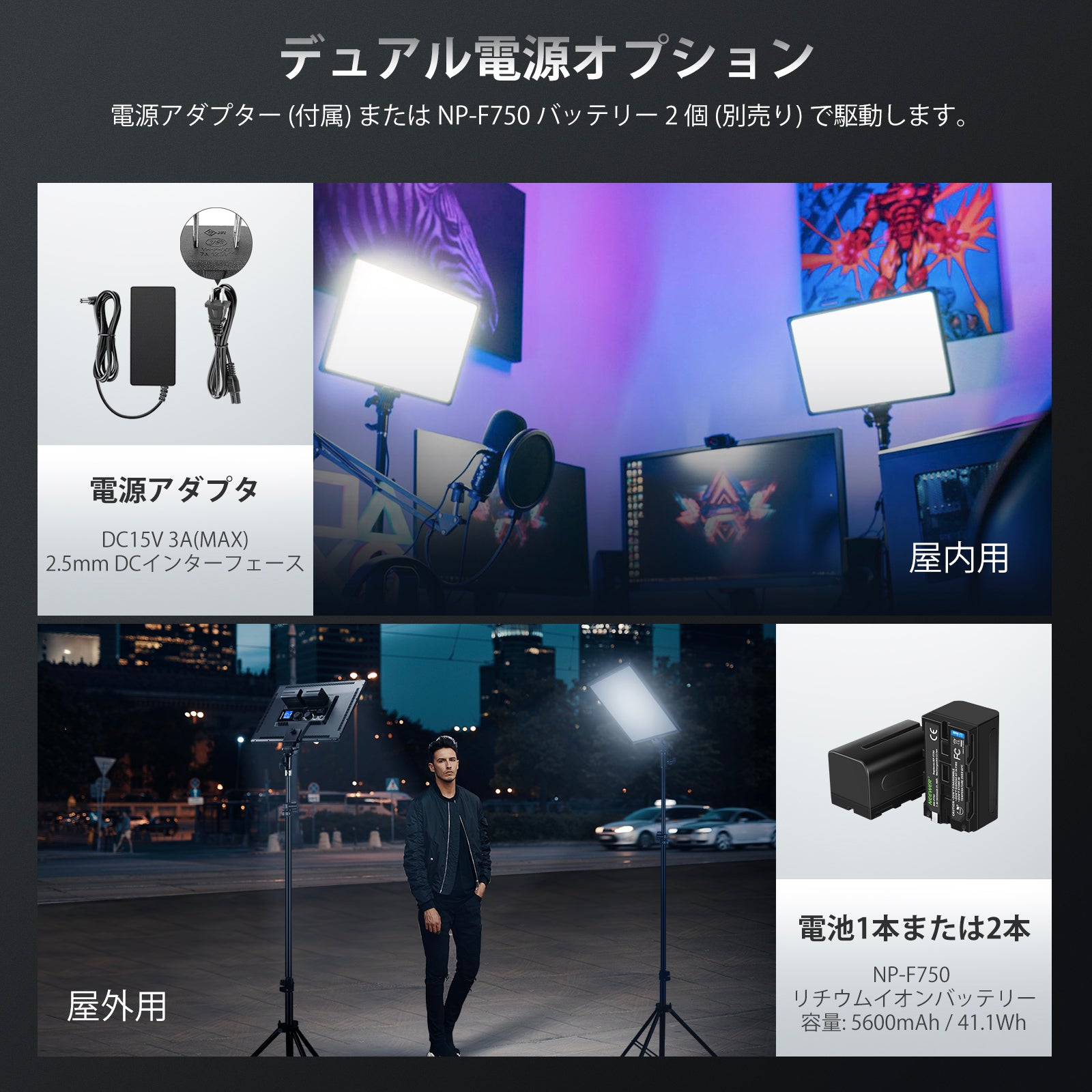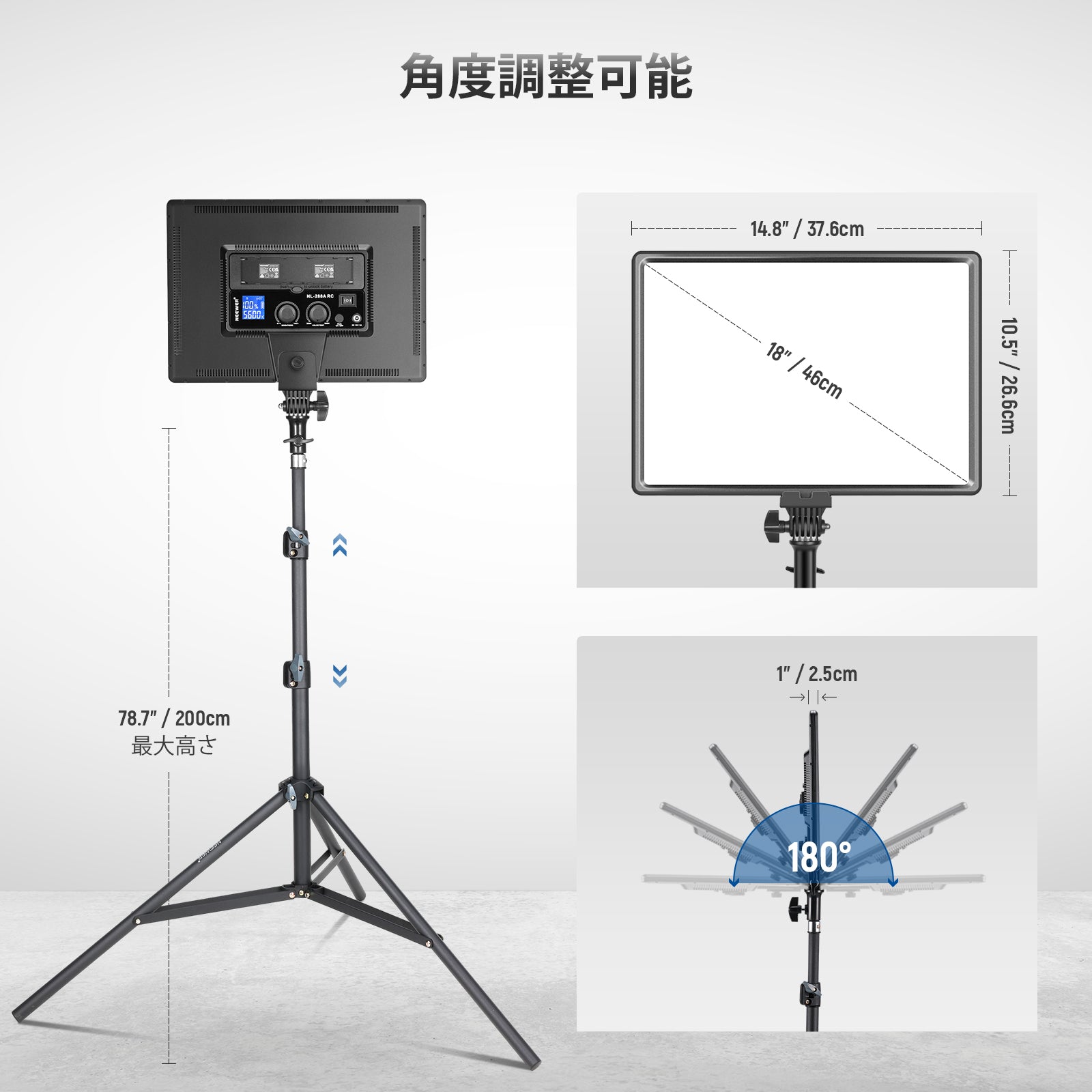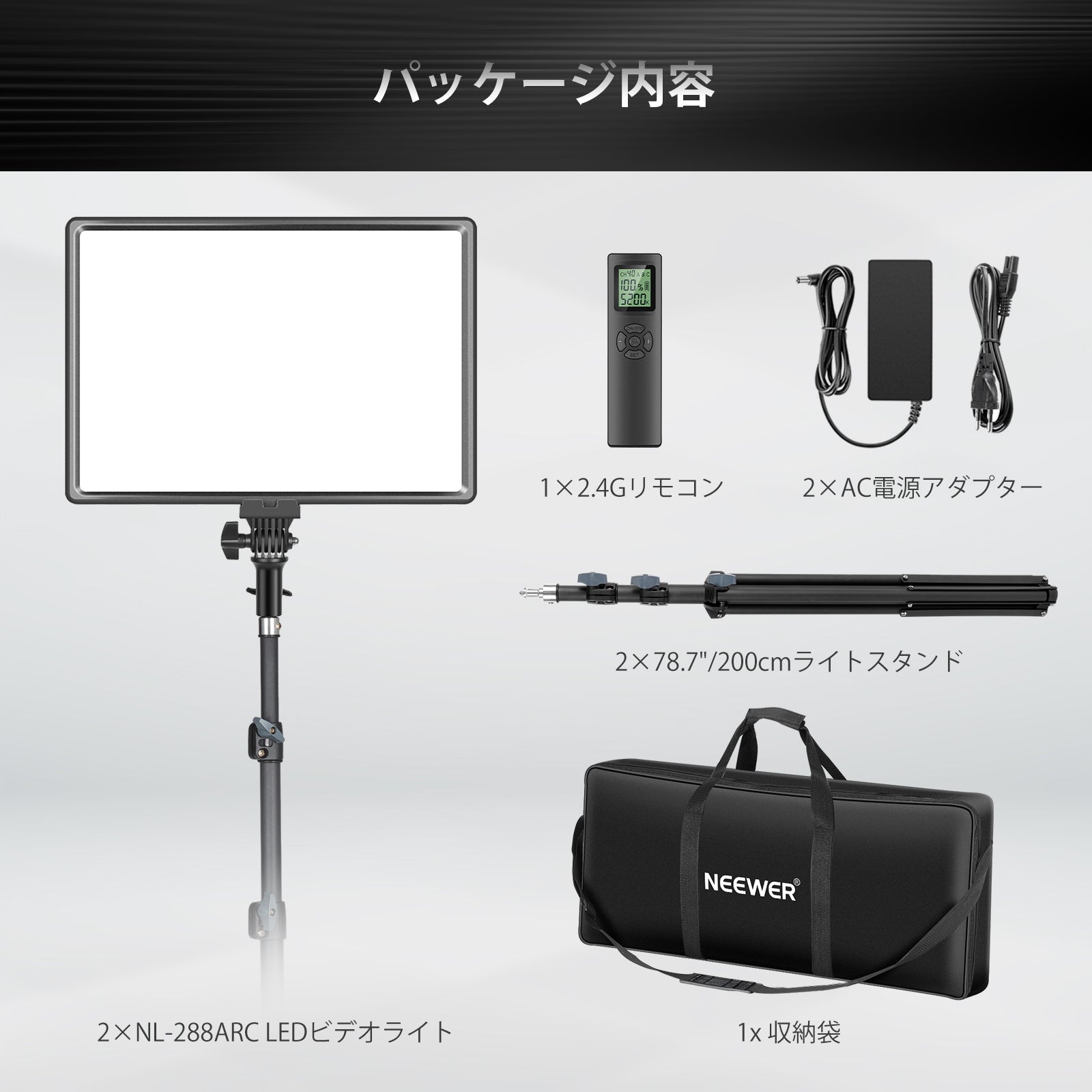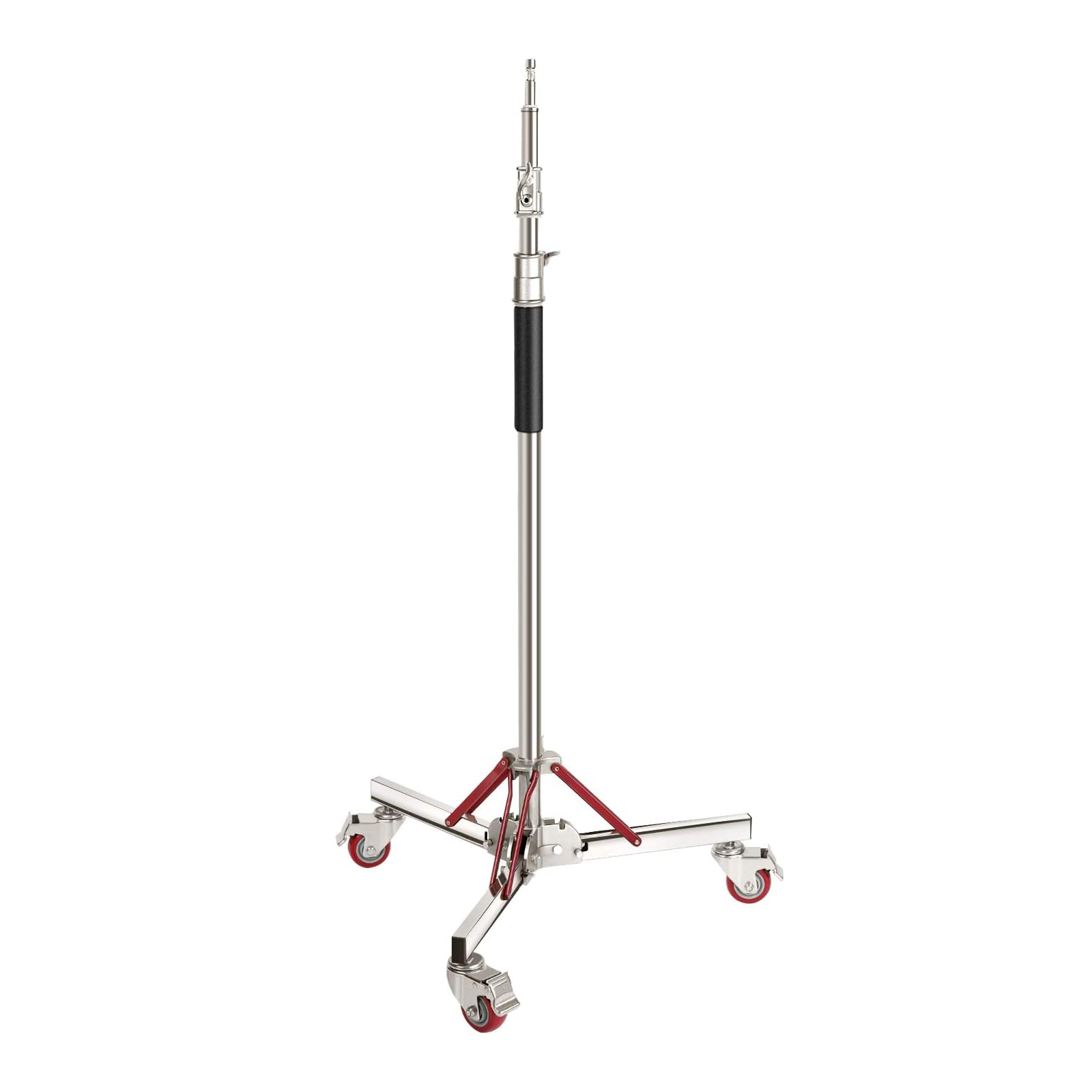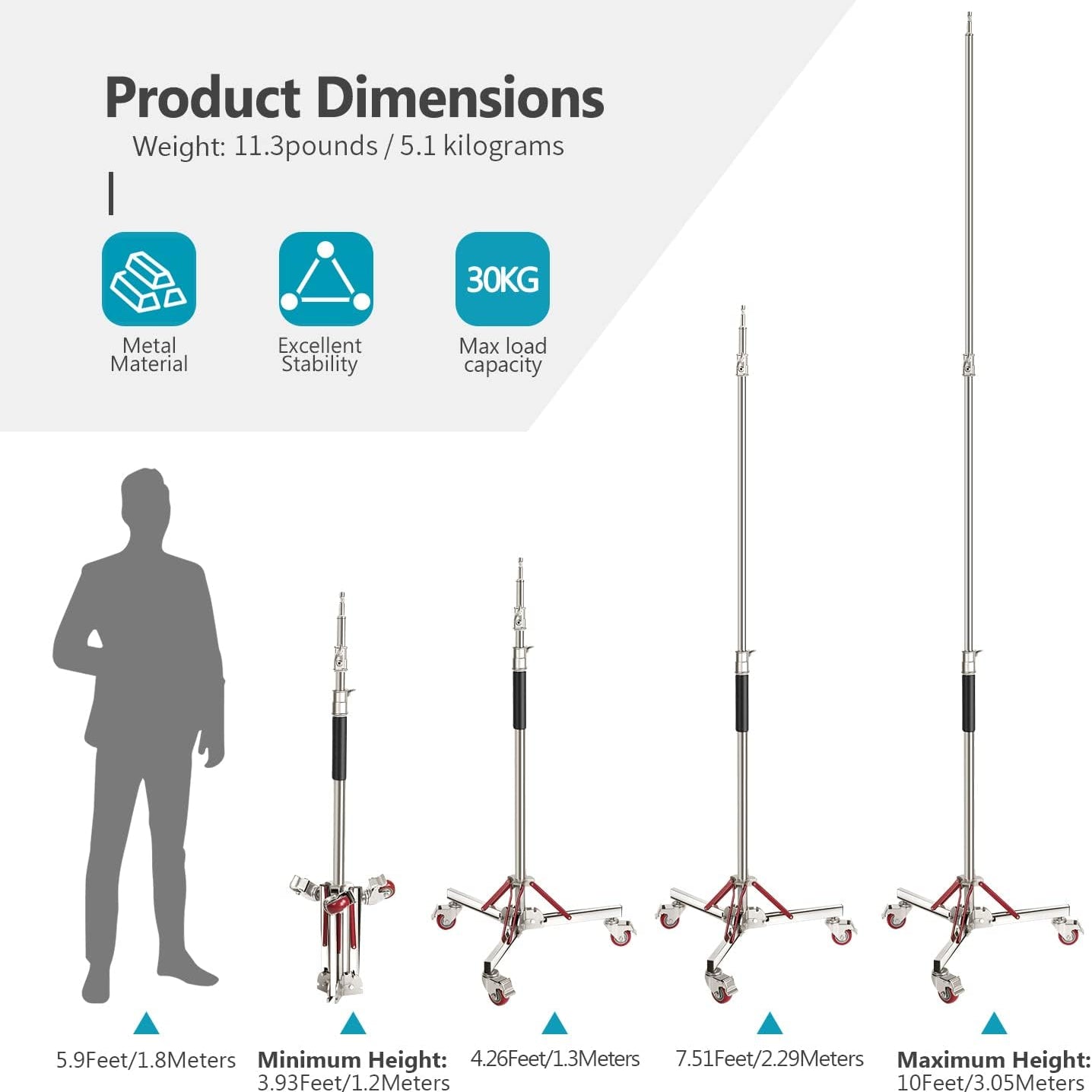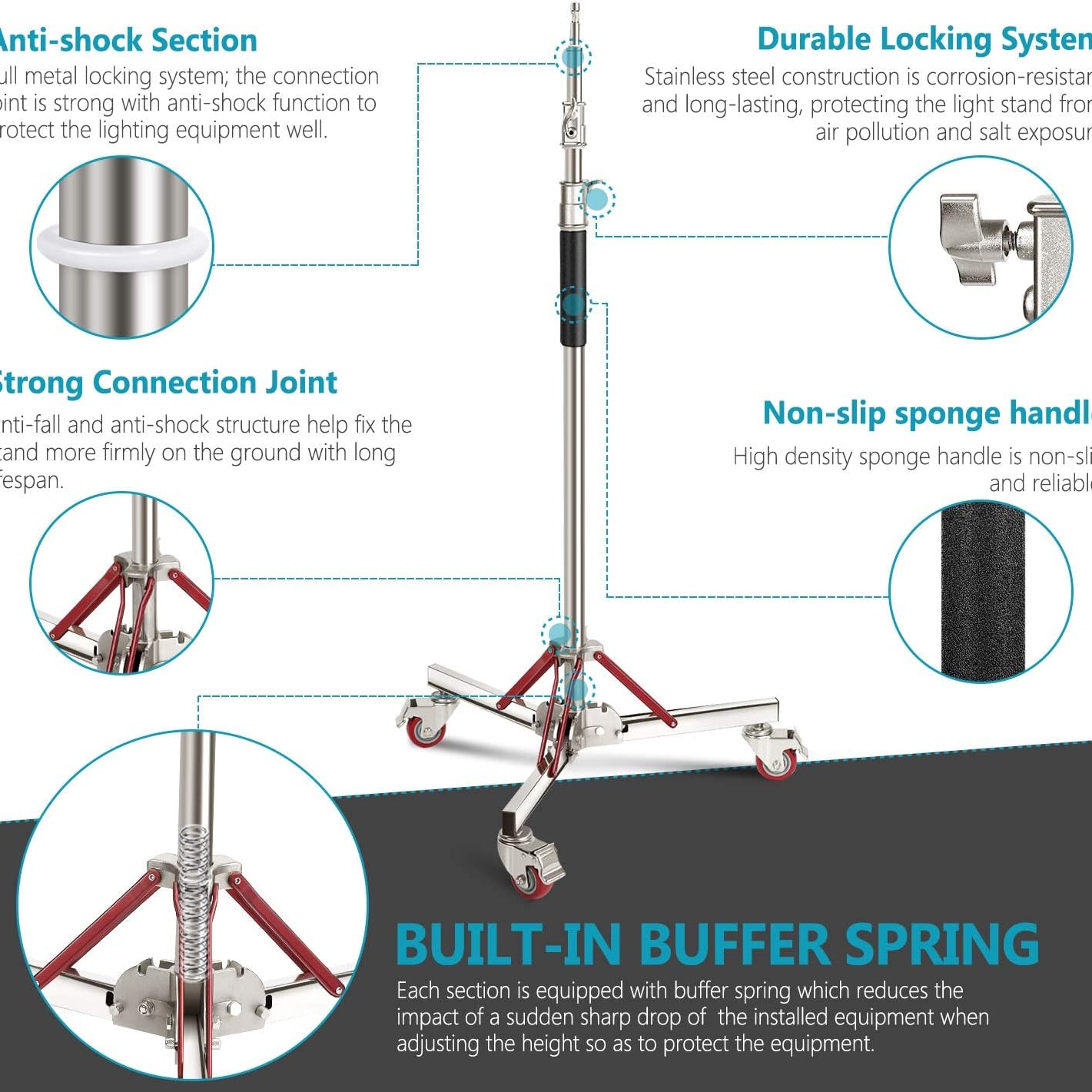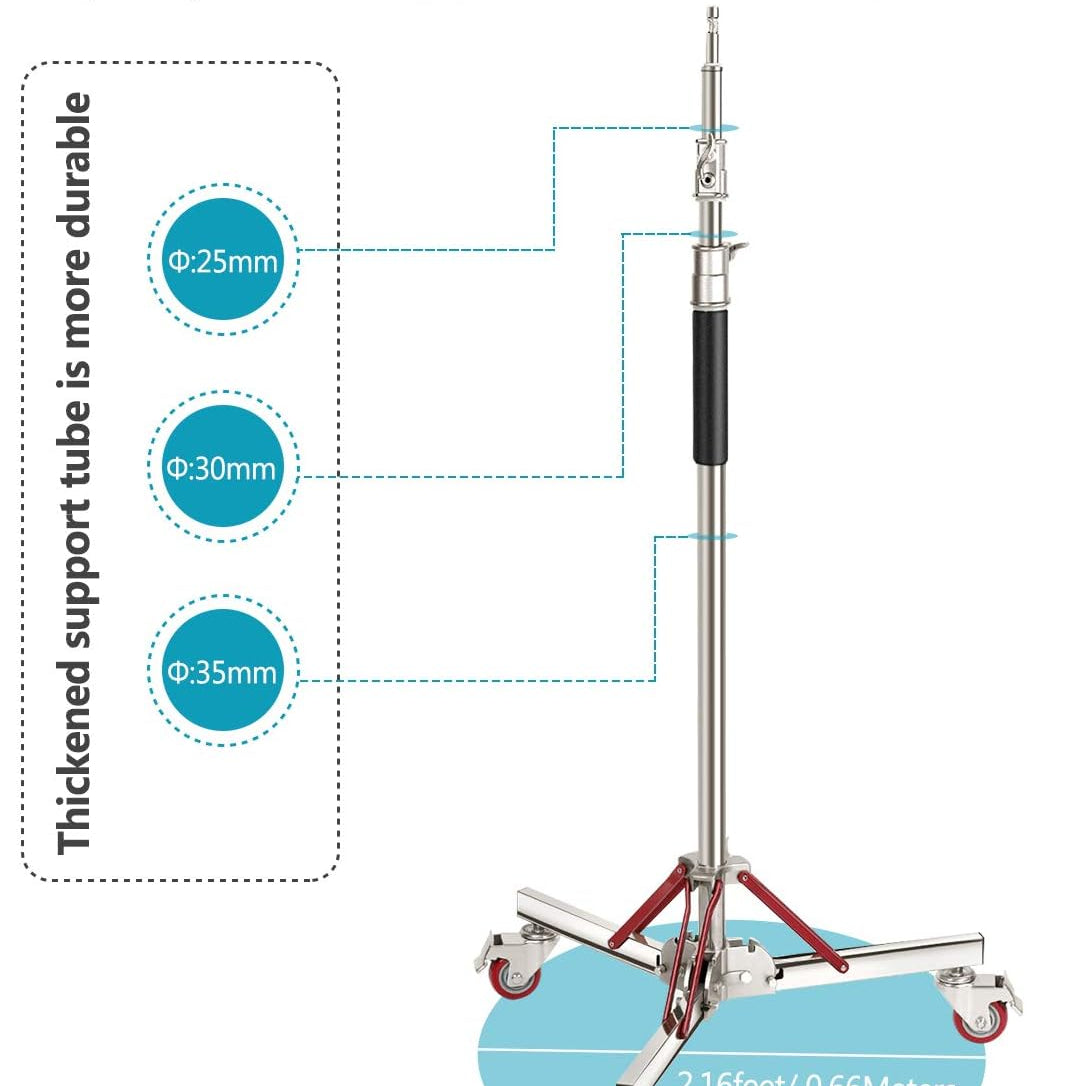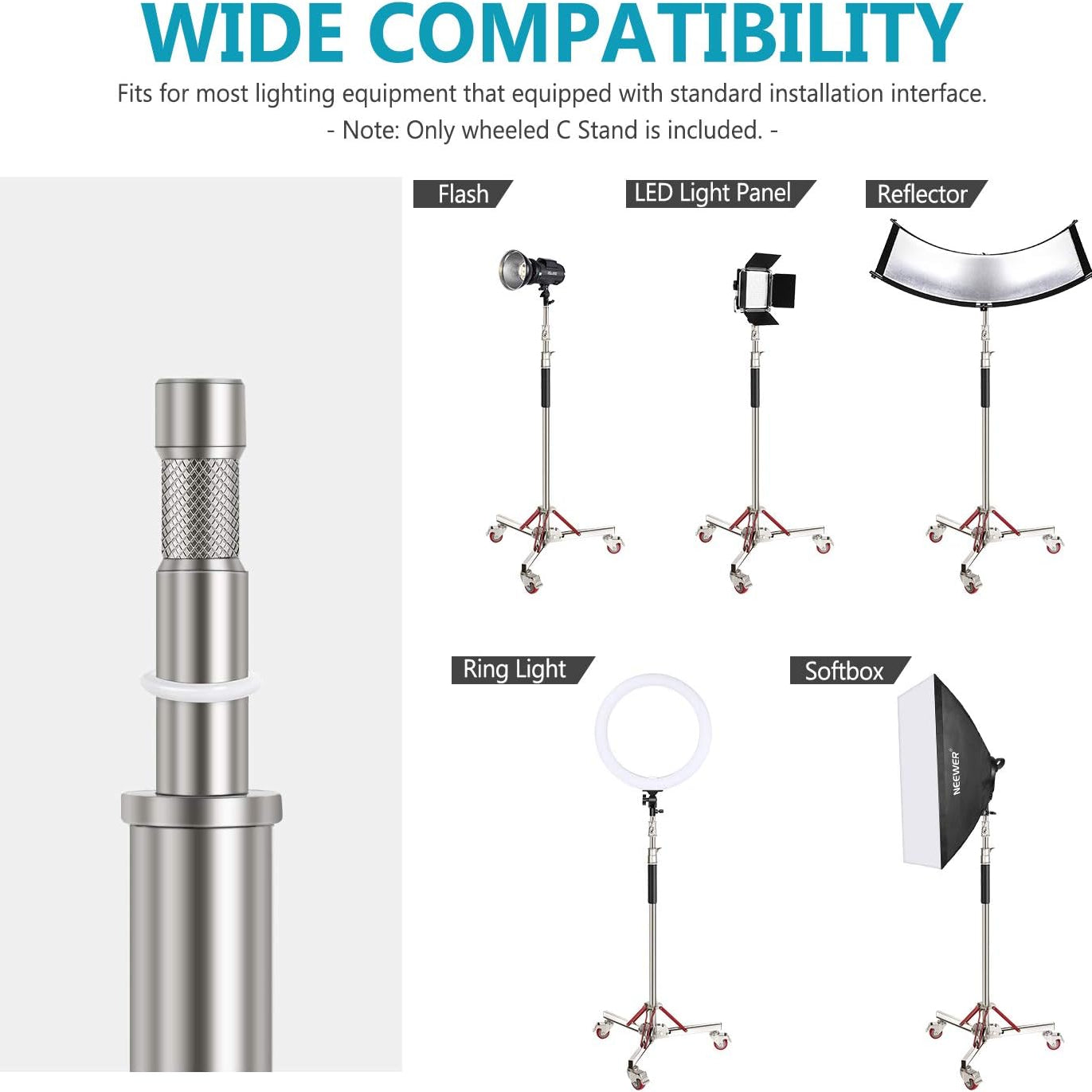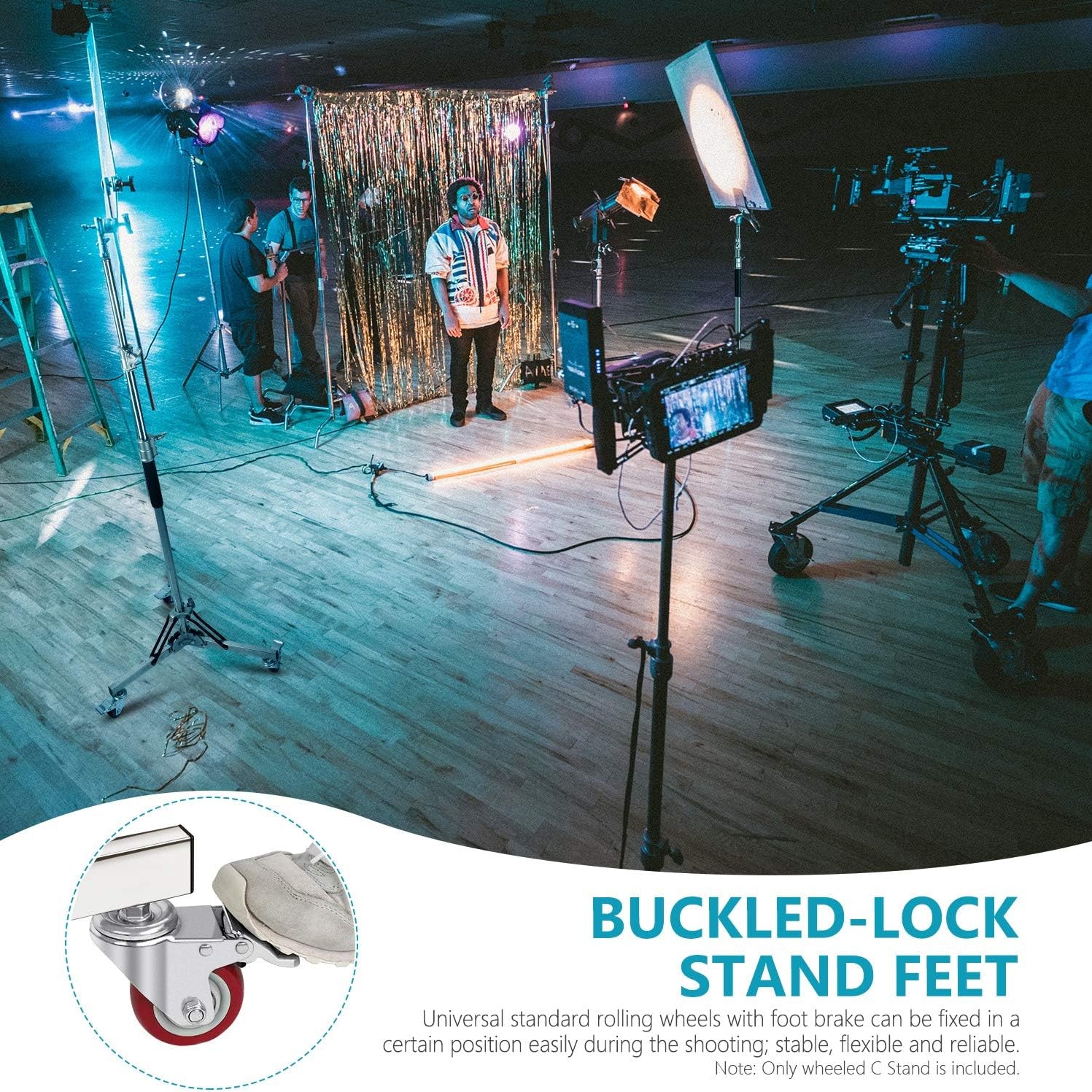The price of telescope optics increases exponentially with quality. What that means is that you have to spend a lot for the very best. However, the flip side of that coin is that you can get good quality optics at a fairly low price. This product fits neatly into this latter category, and makes a great starter set for the beginning astronomer. You won’t use everything in this kit (especially not all those color filters!), but this set will give most entry- or even mid-level astronomers ALL the eyepieces they need.The eyepieces cannot perform better than the fixed optics already in your telescope. I tested these lenses in an Orion SkyQuest XT8 Plus, a popular mid-level 8” reflector telescope, for a competent evaluation. I was quite surprised when these eyepieces actually outperformed the 1.25” pack-in eyepieces that were included with my SkyQuest! I also compared these to a similar CelticBird brand 13-piece eyepiece set, and the Neewer set was visibly superior. The big test was with the most powerful 6mm and 8mm eyepieces, and they performed quite well, with Jupiter’s bands clearly visible with little blurring or distortion. The only eyepiece that did not beat out its competitors was the 13mm, which was slightly less clear than the CelticBird 12.5mm eyepiece. However, there were some other issues with the CelticBird set and across the board I would recommend that you stick with Neewer.Minuses for this set were few, with one big exception that I’ll note below. There was a little noticeable optical astigmatism (star shaped lens flare) visible in the 17mm eyepiece, somewhat less in the 13mm eyepiece. The eye relief on the 6mm and 8mm eyepieces is VERY short, which is characteristic of most of these Plössl lenses (including the Orion and CelticBird eyepieces), and as an eyeglass wearer my glasses had to be right up against the lens with the eyecup down to get any field of view at all. While the field of view is listed as 50° in the online description, the manual itself lists it as 42-48°. This is slightly less than my Orion and CelticBird eyepieces, but the difference was not conspicuous.The 2X Barlow lens was a very pleasant surprise. I don’t particularly like Barlows, preferring to just use a more powerful standalone eyepiece when needed, but the Neewer outperformed most of the other Barlows in my collection including the very popular Orion Shorty 2X Barlow and the CelticBird 2X Barlow. I honestly could not see any difference between this Barlow and the 2X Starboosa Barlow I tested, but the only other Starboosa eyepiece I have is one of the worst in my collection so I would recommend sticking with Neewer. One very nice little feature on the Neewer Barlow lens is that the small thumbscrew actually tightens a brass ring in the barrel of the lens to hold your eyepiece in place, rather than screwing right up against the eyepiece barrel itself and possibly scratching it—I was quite impressed by this nice little touch! The only thing I did not like about this Barlow is that a ridge inside it kept causing my eyepieces to “hang up” as I inserted them, and it always took an extra second or two of fiddling to insert them. However, optically the Neewer Barlow doubled magnification with the least distortion and remains my top choice.The only thing I really disliked about this Neewer set is that the top lens covers on the eyepieces are so snug that they create an airtight seal with the rubber eyecups. It was VERY hard and very annoying trying to get the lens covers off! I kept feeling as if I was going to pull the eyecup right off the eyepiece. However, I found that by squeezing and distorting the round shape of the lens cover I could sometimes break the airtight seal for a clean “release.” I may try drilling a hole in the center of a couple lens covers to see if that alleviates the problem. But considering that I struggled with this every single time I changed one of these lenses, it’s a major inconvenience and it definitely interferes with quick eyepiece changes. The one star I docked this set was mainly for this flaw.As I mentioned, very few sky observers will actually make use of all the filters. Fortunately, most of the value of this set has been poured into the eyepieces, where it belongs. The one filter you will use is the 13% lunar filter which will reduce the brightness of the moon to a comfortable viewing level. You might use the orange or yellow filters to enhance some details on Jupiter or Mars, or the others to increase the color contrast on a distant nebula, but these will be highly optional for most users. Also note that if you are using a filter, you will need to swap it every time you change lenses (a possible reason to consider purchasing a high quality zoom lens instead of this individual-lenses kit). However, there was a noticeable difference between individual filters in how easy and smoothly they threaded into the eyepiece. Here, the CelticBird filters were noticeably easier to “start” and smoother to thread — though I would not consider that a major tipping point in favor of that eyepiece-and-lens set. Each Neewer filter comes in its own plastic case and doesn’t slide around (unlike the CelticBird filters), which I really liked.This set comes in a nice, adequately sturdy aluminum case. Each piece arrived individually sealed in a plastic bag, a nice touch. The case is lockable, though the keys included with my set were rusty.The bottom line is that I was surprised to find the Neewer eyepieces and Barlow outperform the Orion products included with my mid-level telescope. This set will provide all the lenses most entry level astronomers will need, and I recommend it.Note: If you are looking at this kit, consider purchasing a good quality zoom eyepiece instead. My relatively inexpensive $75 Meade 8mm-24mm zoom performs close to the lenses tested here, especially at the lower magnifications. It has become an industry standard, along with the similarly-priced Celestron 8mm-24mm Zoom. A zoom lens saves you the trouble and time of constant lens changes, and also allows you to keep your target in view as you zoom in tight — I have often “lost” my target if it was not well centered in the view when swapping to a higher power lens. You can add a filter set separately, but most users buying astronomical equipment at this price level don’t need many filters.



 1/5
1/5
